Introduction
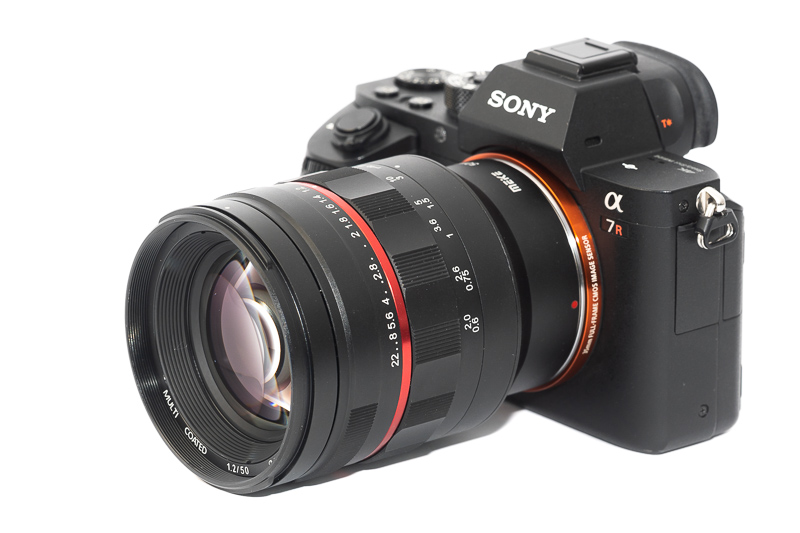
It is astonishing how many lens manufacturers there are in China these days. Meike is one of them and around since roughly 2017, but just lately they started producing fullframe lenses and this 50mm 1.2 is one of their first, so let’s have a closer look!
Sample Images
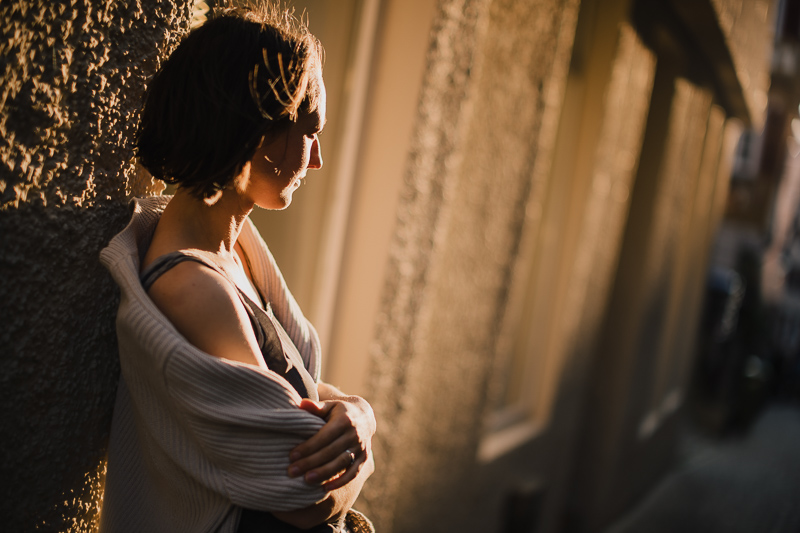
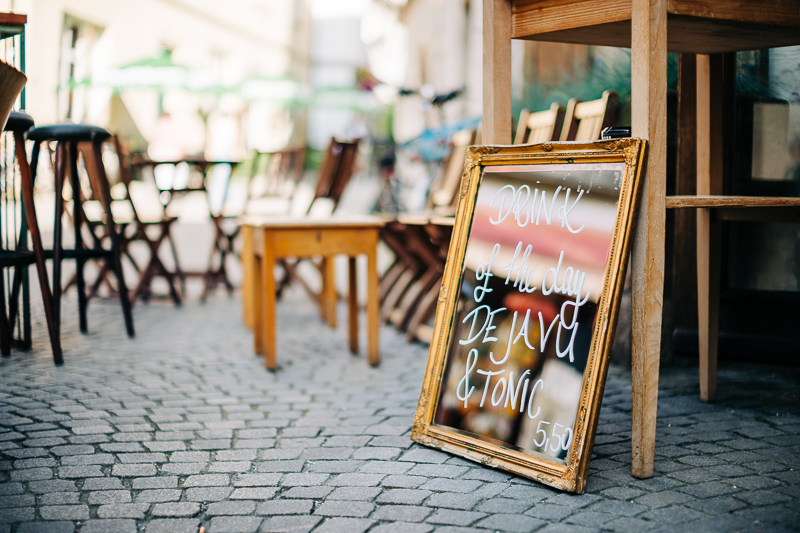
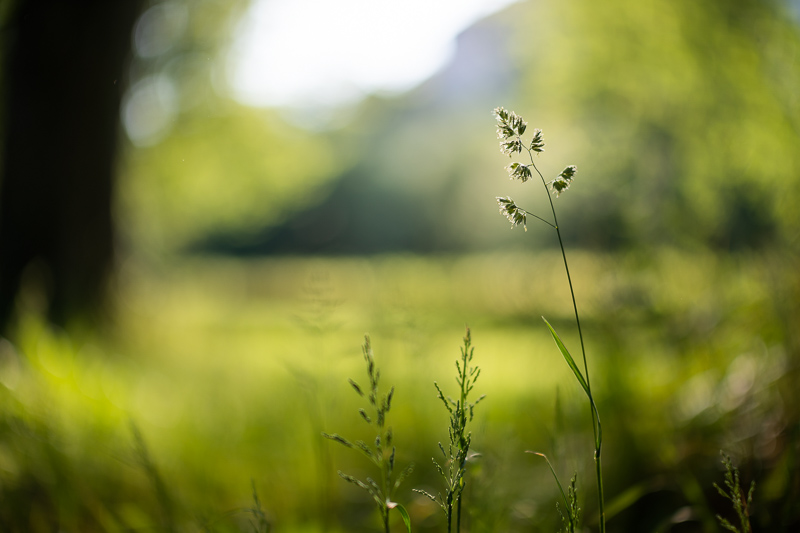
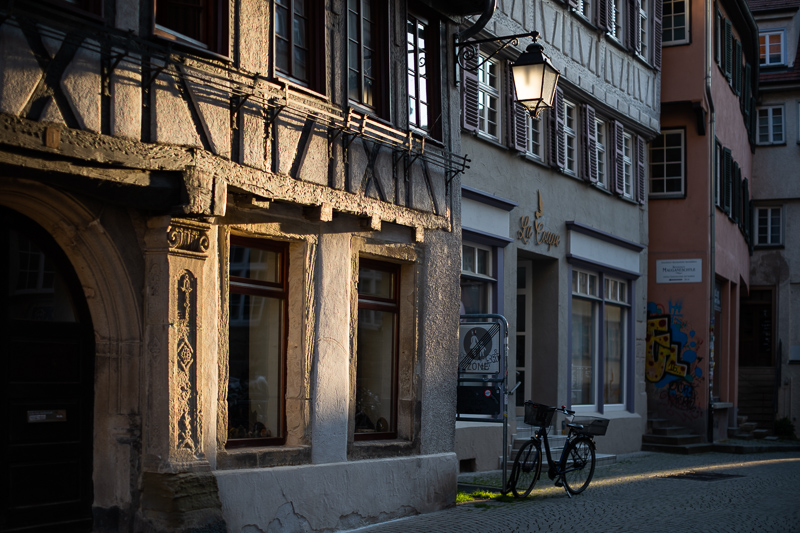
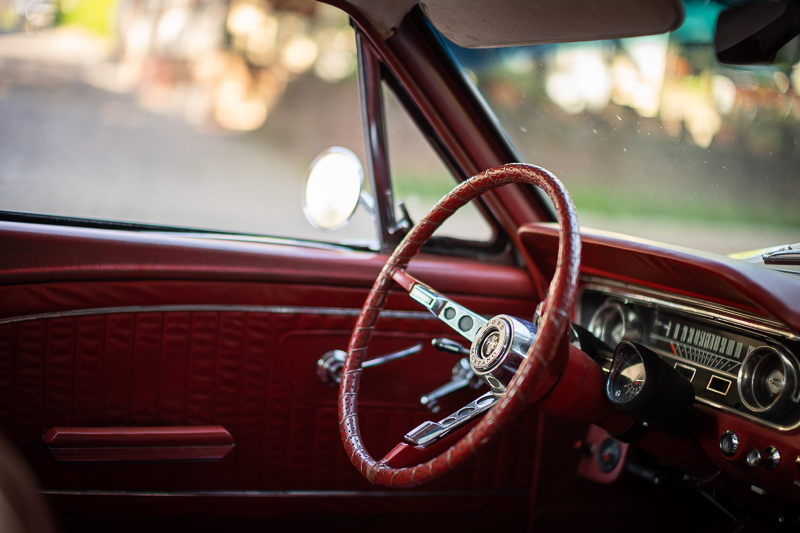
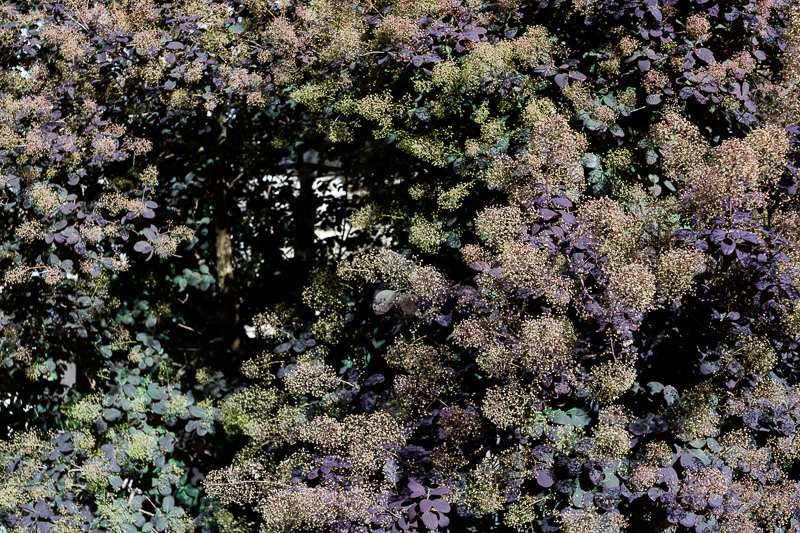
Most of the sample images in this review can be found in full resolution here.
Contents
Specifications
This Meike 50mm 1.2 comes for several mounts including Canon EF, which means it has not really been designed for mirrorless cameras from scratch – this is also why it is noticeably bigger and heavier compared to many other manual 50mm 1.2 lenses.
- Diameter: 73 mm
- Length: 97 mm
- Weight: 615g (measured, no hood/caps)
- Field of view: 47° (diagonally)
- Filter Diameter: 67 mm
- Number of Aperture Blades: 10 (slightly rounded)
- Elements/Groups: 12/7
- Close Focusing Distance: 0.6 m (measured)
- Maximum Magnification: 1:9.5
- Mount: Sony FE (Canon EF/RF, Nikon Z, L-mount)
buy from Amazon.com | Amazon.de | ebay.com | meikeglobal.com (affiliate link) $360
Disclosure
The Meike 50mm 1.2 was kindly provided free of charge by Meike for reviewing purposes for a few weeks.
Handling / Build Quality
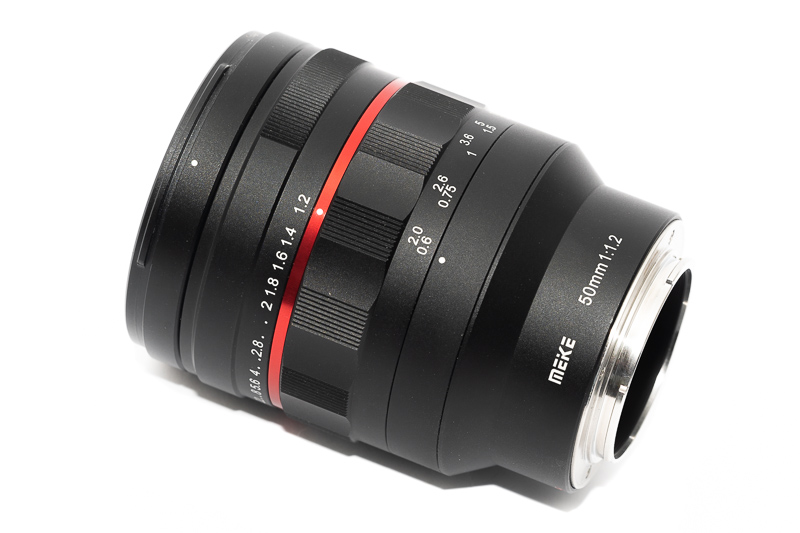
This is the first Meike lens I have been using, so naturally we will have a closer look here.
It feels like the outer casing is made from metal and all the markings are engraved and filled with paint.
The focus ring travels ~90° from infinity to the minimum focus distance of 0.6 m. This is a comparably short throw and it makes focusing precisely at longer distances quite fiddly.
The aperture ring features my least favorite design: it is of the linear type, meaning going from f/1.2 to f/2.0 is a similar throw as going from f/2.0 to f/22 and it doesn’t feature click stops, so I regularly changed its setting accidentally.
The focus system is quite interesting though: this isn’t a unit focus lens as the rear element (or rear group) doesn’t move on focusing. The length of the lens also does not change on focusing, but this isn’t a real internal focus mechanism either: an inner barrel with the optical block moves back and forth as you focus.
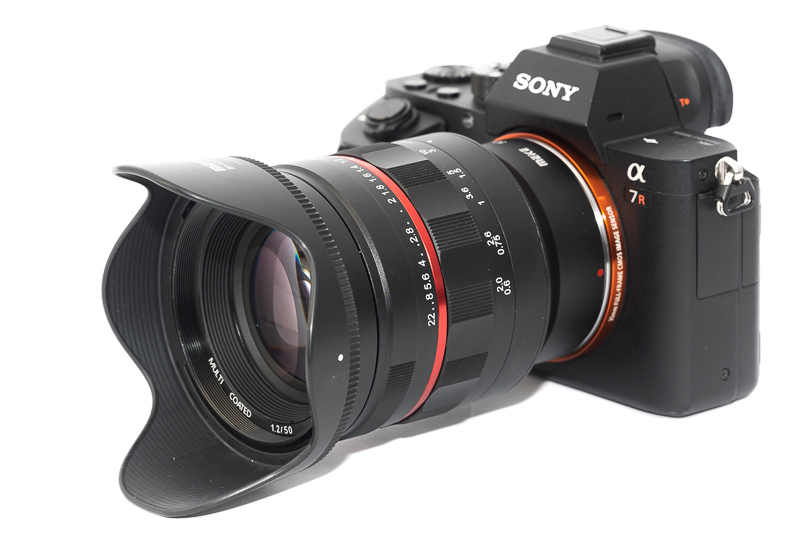
A tulip-shaped lens hood made from plastic is part of the package. It feels a bit cheap especially because it is made from different material than the lens’ casing.
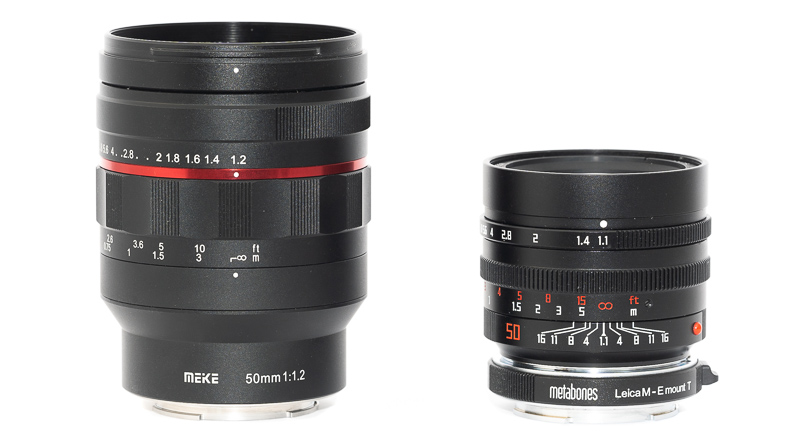
This Meike 50mm 1.2 is a huge and heavy manual focus lens, this becomes obvious seeing it next to the Mr. Ding 50mm 1.1 (I added an M->E adapter for the sake of fairness).
This is an all-manual lens that does not communicate with your camera, so no Exif information are transmitted.
At the end of the day I think the look and feel of this Meike lens can be best described as pretty basic, similar to e.g. the Zhong Yi 50mm 0.95 lenses or the Brightin Star 50mm 0.95 for E-mount.
Vignetting
Light falloff
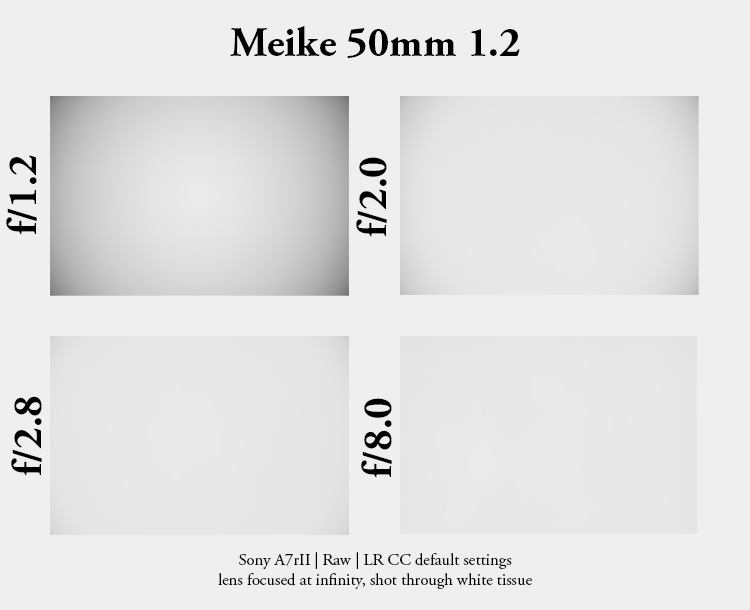
| f/1.2 | 2.6 EV |
| f/1.6 | 2.2 EV |
| f/2.0 | 1.6 EV |
| f/2.8 | 1.0 EV |
| f/4.0 | 0.8 EV |
| f/5.6 | 0.6 EV |
| f/8.0 | 0.3 EV |
| f/11-f/22 | 0.2 EV |
This is a category where we can see a better performance compared to some of the small fast 50mm lenses designed for mirrorless cameras from scratch. This was already the case for the Samyang 50mm 1.2 XP that shows the same amount of light fall off within the margin of error.
Stopped down some of the smaller fast lenses like the Voigtländer 50mm 1.2 E or TTArtisan 50mm 1.4 E show by about 1 EV higher vignetting figures,
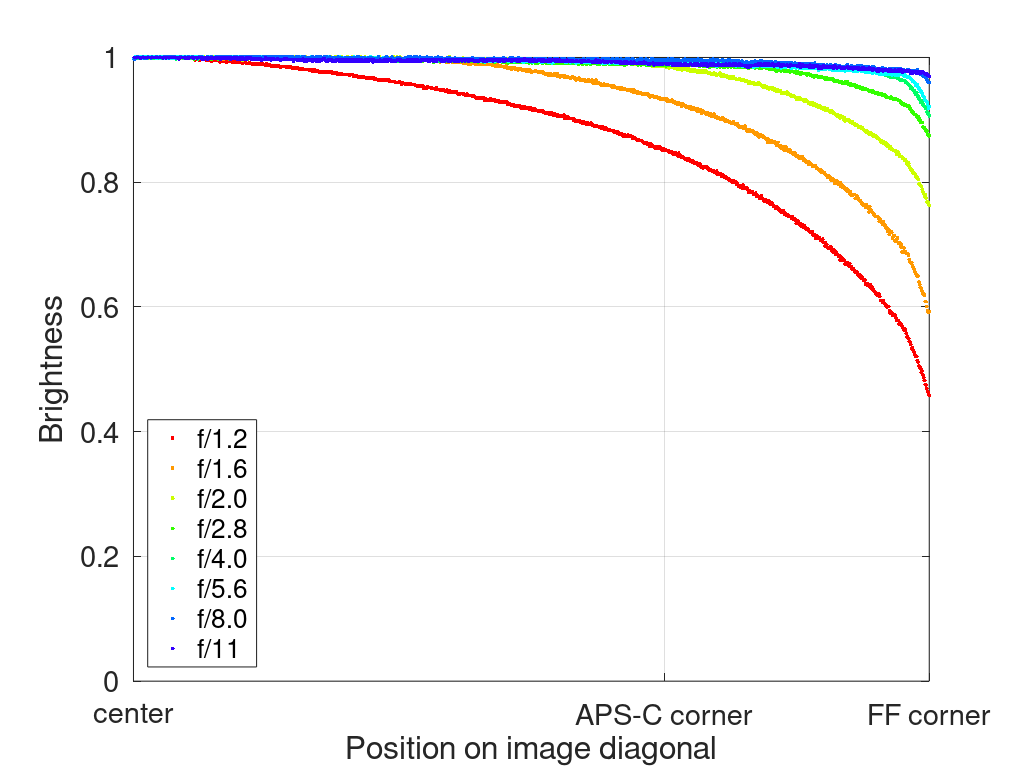
It is recommended to have a look at this article first to get an idea how this brightness graph works.
Optical vignetting
Fast lenses usually show a noticeable amount of optical vignetting. Without going too much into technical details optical vignetting leads to the truncation of light circles towards the borders of the frame.
In the center of the frame almost every lens will render a perfect circle, but only lenses with very low optical vignetting will keep this shape in the corners.
So in the following comparison we move from the center (left) to the extreme corner (right) and see how the shape of the light circle changes.
The amount of optical vignetting is very high and the shape of the out of focus highlights also deteoriates noticeably towards the borders and corners, leading to unnatural triangle shapes.
Many of the much smaller and sometimes even faster compact 50mm lenses for mirrorless cameras do no worse or even better here. Also the (admittedly even bigger) Samyang 50mm 1.2 XP (DSLR design as well) does better.
In the marketing material I didn’t read anything about the use of an aspherical element, but going by the onion ring structures we see here it looks like there is at least one.
Sharpness
Focus shift
50% crops, A7rII
Focus shift is minimal and certainly not something to worry about in the field.
infinity (42mp Sony A7rII)
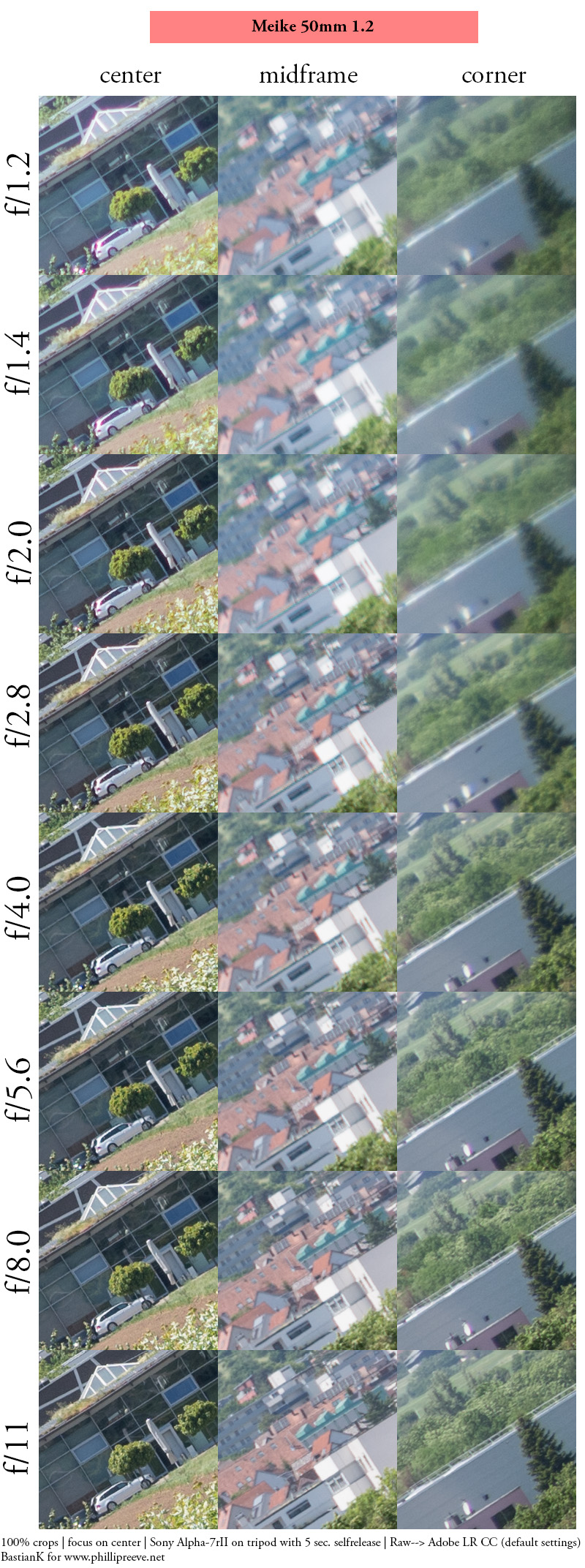
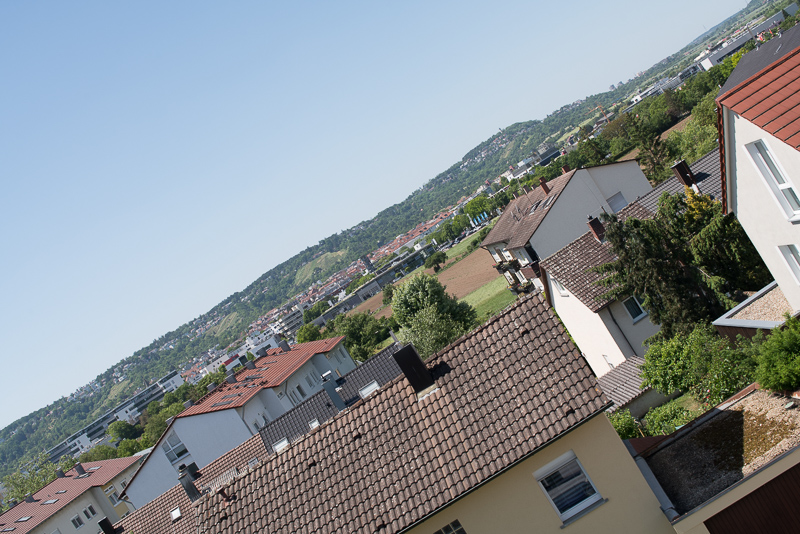
At f/1.2 to f/1.4 the Meike 50mm 1.2 shows noticeable color aberrations but the contrast in the center is surprisingly good, similar to the Voigtländer VM 50mm 1.2 E as well as 7Artisans 50mm 1.05 and better than the Brightin Star 50mm 0.95 and the Zhong Yi 50mm 0.95.
The corners actually don’t look that bad at wider apertures, but the midzone dip is quite pronounced. On stopping down to f/8.0 to f/11 the performance is also good enough for landscape/architecture shooting – which wasn’t really the case for the Zhong Yi 50mm 0.95 lenses and the 7Artisans 50mm 1.05.
portrait 1.5 m (24mp Sony A7rII)
We will now have a look at what the performance is like at a typical portrait distance for a 50mm lens of ~1.5 m.

The performance at portrait distances is what I care about most in a lens with these parameters. In the center and inner midframe the performance is decent at f/1.2 but not great. Stopped down to f/2.0 contrast and resolution are greatly increased.
The outer midframe is a different story though: it looks bad at f/1.2 and still not great at f/2.0. The Brightin Star 50mm 0.95 as well as the 7Artisans 50mm 1.05E peform visibly better here.
close 0.6 m, 1:9.5 (42mp Sony A7rII)
100% crops from center, A7rII, refocused for every shot.
Typical performance for a fast 50mm lens: soft due to spherical aberration at wider apertures, much better stopped down to f/2.0.
The borders and corners never look really good at these distances, also not stopped down to f/8.0 to f/11.
Flare resistance
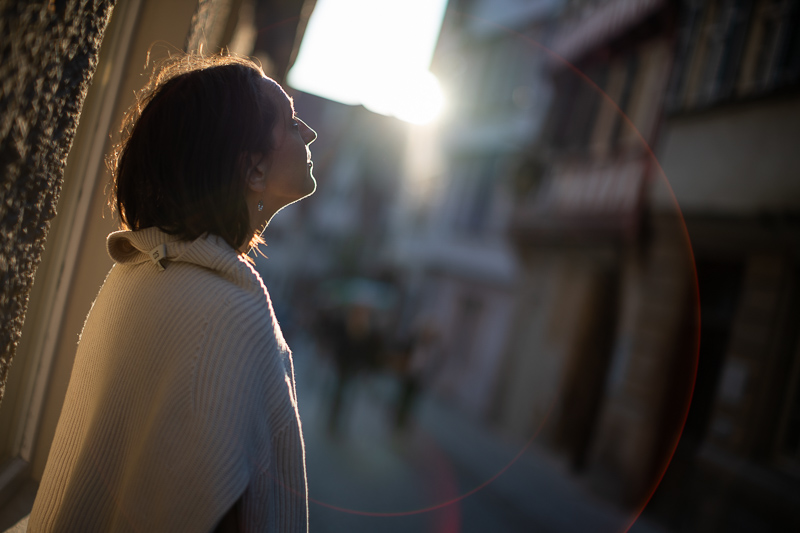
If you like ring flares this lens is for you. At wider apertures with a strong point light source in the frame you will often encounter these, but not only that, also ghosts can be an issue:
The contrast also suffers in these situations, as can be seen from this comparison:
Stopped down the performance is better, but also here you will spot some ghosts when looking closely:
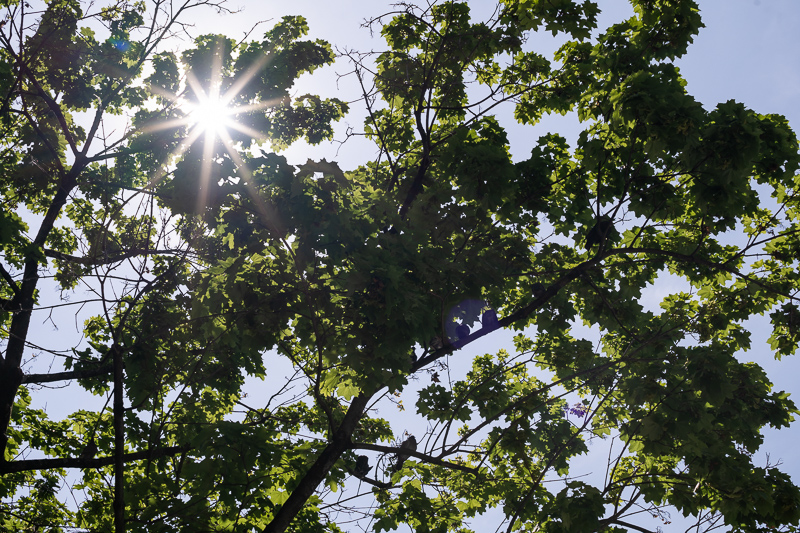
Most of the affordable fast 50mm lenses struggle in this category. If good flare resistance is important to you the Voigtländer 50mm 1.2 Nokton E is the way to go.
Coma
100% crops from extreme corner, focused on center, Sony A7rII
At f/1.2 to f/2.0 this lens creates very obvious and distracting artefacts in the corners around point light sources, stopping down to f/4.0 helps to get cleaner corners. A performance similar to comparable lenses.
Distortion
The Meike 50mm 1.2 shows strong slightly wavy barrel distortion, it might even be the strongest I have seen in a 50mm lens yet. Luckily it is mostly uniform, so can be corrected in post e.g. in Lightroom/Photoshop.
Bokeh
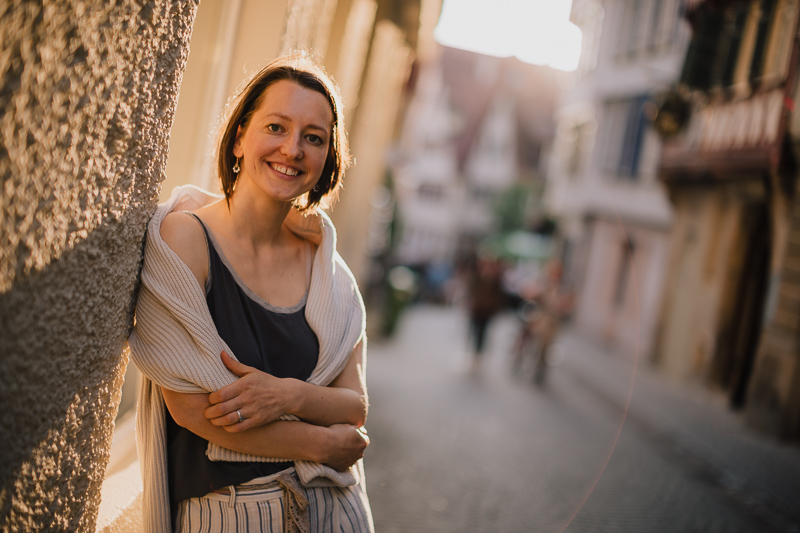
At close to mid distances – this includes half body portraits as shown above – the Meike 50mm 1.2 generally draws a nice appealing bokeh. If there are highlights close to the corners the strong optical vignetting can be visible though and you may also spot some longitudinal CA in the form of green outlining in the background.
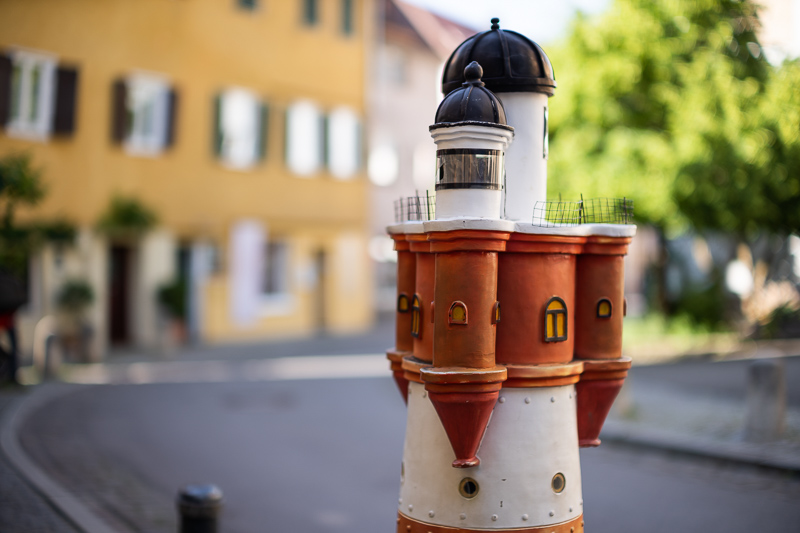
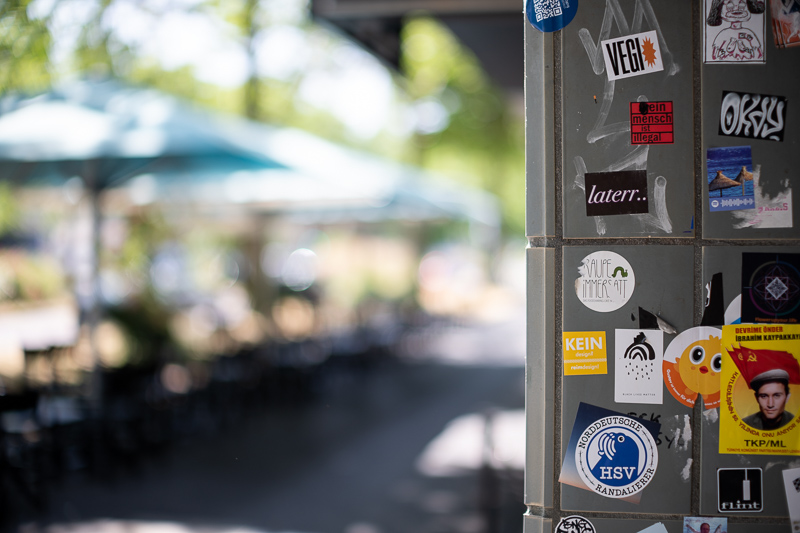
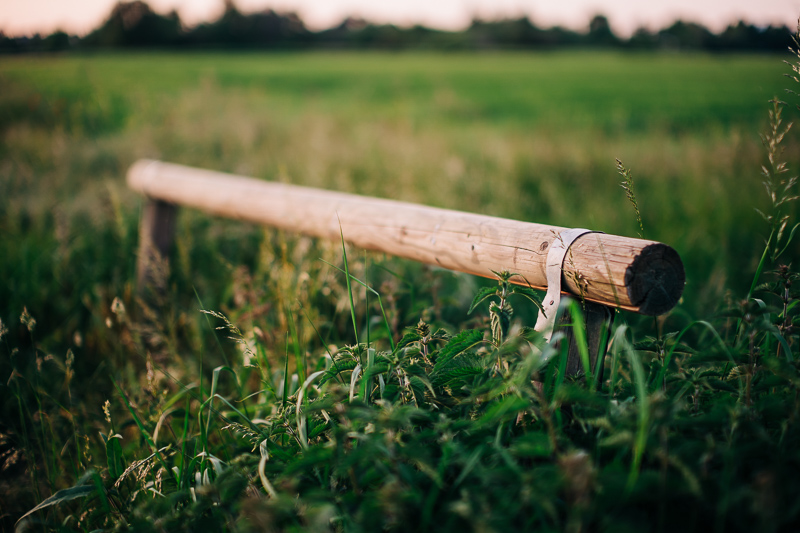
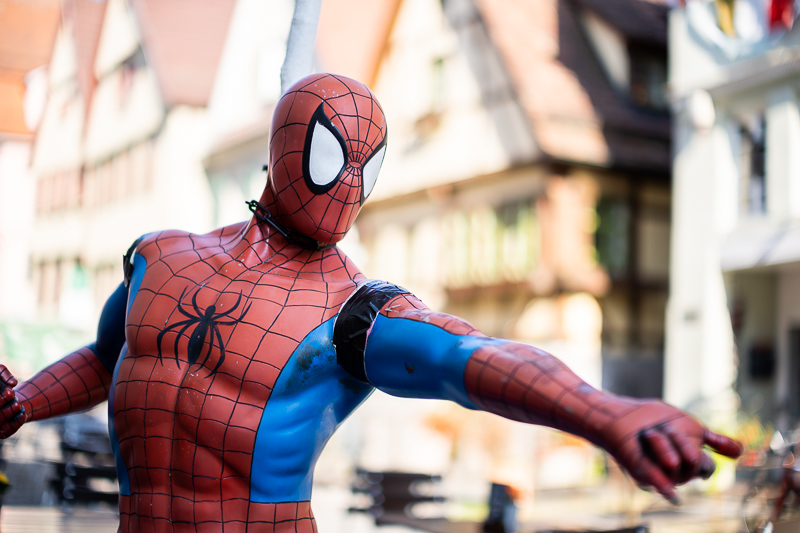
If you are a regular reader you know that long focus distances are where it gets interesting. The strong optical vignetting leads to a bit of swirl and triangular out of focus highlights towards the corners – we have seen this with some other fast 50mm lenses before, e.g. the Sigma 50mm 1.4 EX and the Zhong Yi 50mm 0.95 M.
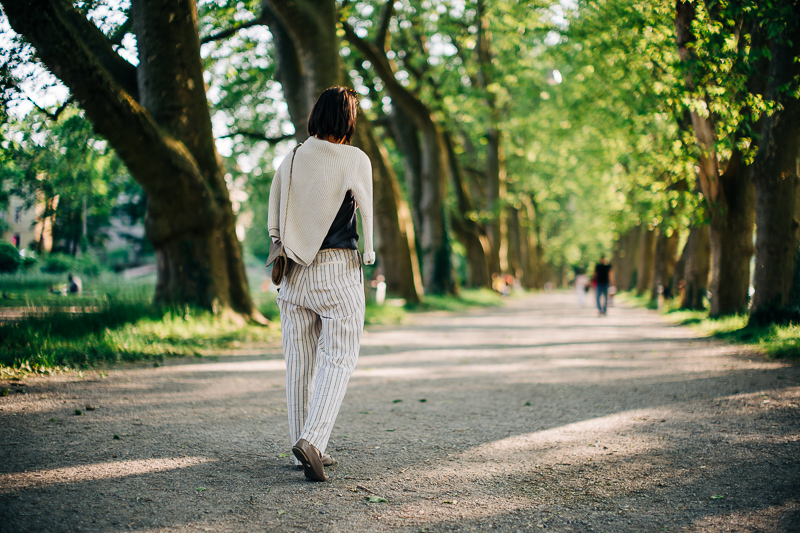
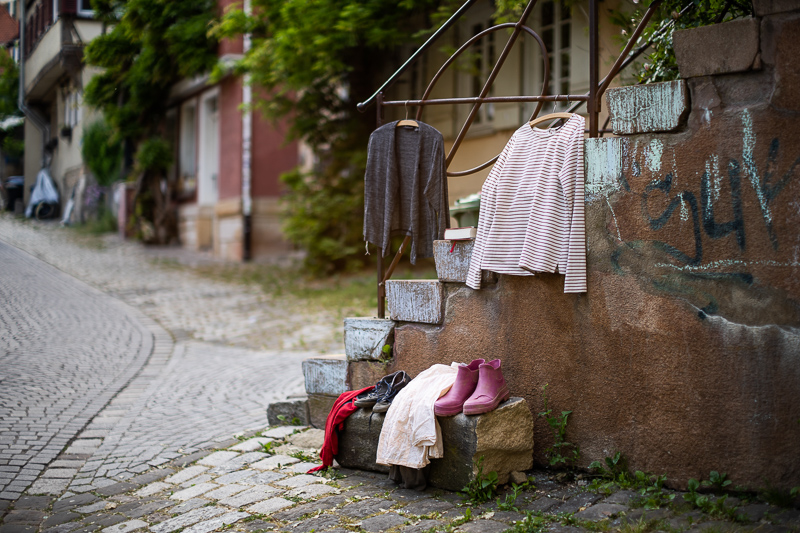
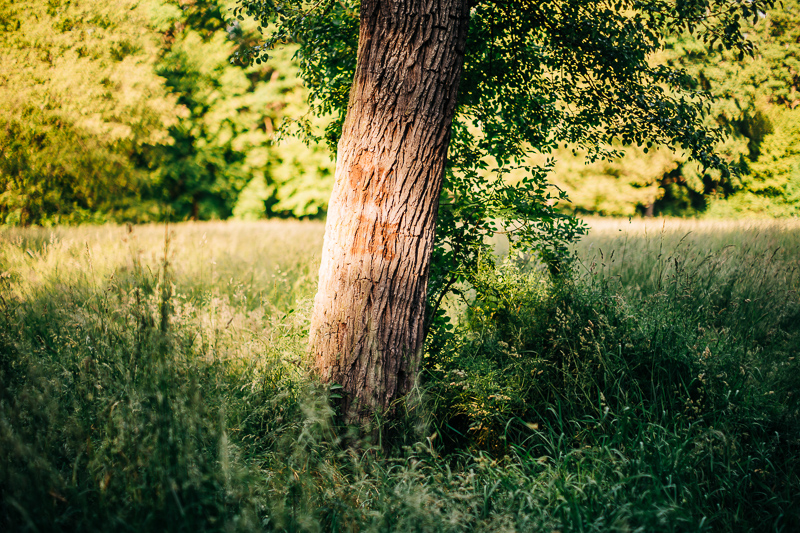
Especially at f/1.2 there is also a big difference between the bokeh in the center and on the edges/in the corners, as can be seem from the sample above.
So as usual my recommendation here is to look at the samples taken with this lens and to decide for yourself if you like what you see or not.
Sunstars
100% crops from extreme corner, focused on center, Sony A7rII
I always wonder why not more manufacturers decide to go for 10 rounded aperture blades. Done properly this can lead to natural bokeh with round highlights as well as distinct sunstars when stopped down a lot and this is exactly the case here, nicely done!
If you want to learn more about sunstars have a look at this article.
Chromatic aberration
lateral
100% crops from border, Sony A7rII
Lateral CA are on the medium to strong side but the correction in Lightroom is doing a good job still.
longitudinal
Longitudinal CA are also on the high side at f/1.2 to f/1.4. We see a high amount of magenta and green outlining in out of focus areas and also purple fringing is noticeable.
The performance here is similar to the Brightin Star 50mm 0.95 and the 7Artisans 50mm 1.05E, but at least Meike didn’t decide to wrongfully put an Apo tag on this lens.
Conclusion
good
|
average
|
not good
|
Thanks to the Chinese manufacturers there are a lot of fast affordable fullframe lenses available these days, so if you don’t rely on autofocus or amenities like transfer of EXIF information there are surely some bargains to be found.
This Meike 50mm 1.2 is a solid lens but not something that really knocks it out of the park. A maximum aperture of f/1.2 was something special for DSLRs, but not so much for mirrorless cameras where we can choose from several 50mm f/0.95 lenses now.
Originally designed for DSLRs this lens is simply too big and heavy compared to the competition in the mirrorless world. And it isn’t cheap enough to make up for it. Maybe in EF mount it can appeal to some cinematographers, but if you are a photographer using a mirrorless camera, I find this hard to recommend.
buy from Amazon.com | Amazon.de | ebay.com | meikeglobal.com (affiliate link) $360
Alternatives
We have a guide to 50mm lenses for E-mount that should give you a good overview. I will only talk about a few of the obvious alternatives in detail here.
Voigtlander 50mm 1.2 Nokton E:
The slightly better vignetting figures and the lower price are the only aspects in favour of this Meike lens. If you can afford the Voigtländer lens I definitely recommend to get that one, if you are running on a tight budget save some money and get the TTArtisan 50mm 1.4 E instead (see below).
buy from CameraQuest | B&H | Robert White | amazon.com | amazon.de | ebay.com | ebay.de for $799 (affiliate links)
Mr. Ding 50mm 1.1:
This lens is similarly priced but much smaller despite being a tiny bit faster. It comes with super smooth bokeh even at longer focus distances and also pairs really well with the Techart LM-EA9 autofocus adapter.
buy from official Mr. Ding Studio shop or ebay.com (affiliate links) for $399
TTArtisan 50mm 1.4 E:
I know f/1.4 doesn’t sound as sexy as f/1.2 but this is a great allround 50mm lens available at a bargain price.
buy from the manufacturer’s shop | namazon.com | amazon.de | B&H | ebay.com | ebay.de for $225 (affiliate links)
Brightin Star 50mm 0.95 E:
The Brightin Star 50mm 0.95 E is slightly heavier, ~10% more expensive and actually performs very similar, but it is an f/0.95 lens which makes it the more desirable package in my opinion.
buy from amazon.com | amazon.de | ebay.com | ebay.de for about $419 (affiliate links)
SLR 50mm lenses:
Some of the f/1.2 SLR lenses can be found for similar prices, e.g. the Nikon 50mm 1.2 or 55mm 1.2 Ai, the Canon FD 50mm 1.2 or the Minolta 58mm 1.2. If you are looking for the true vintage experience these can still be worth a closer look. Even with adapter they are hardly bigger and heavier than this lens.
Sample Images
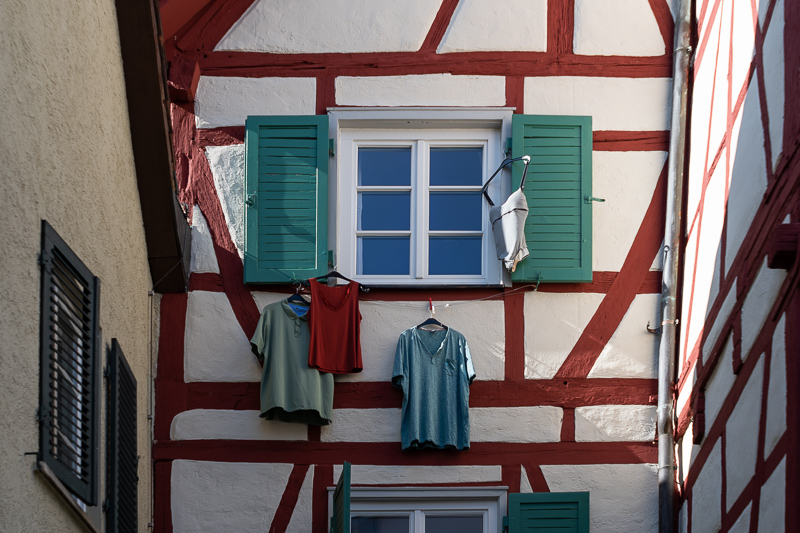
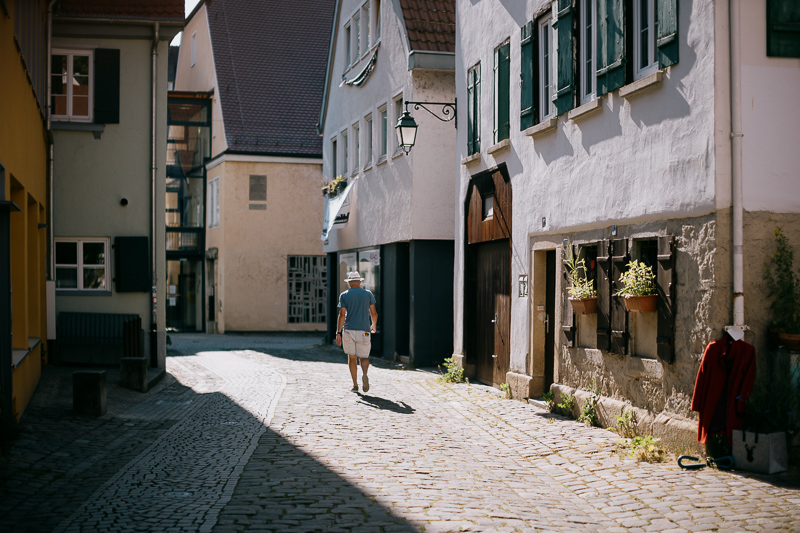
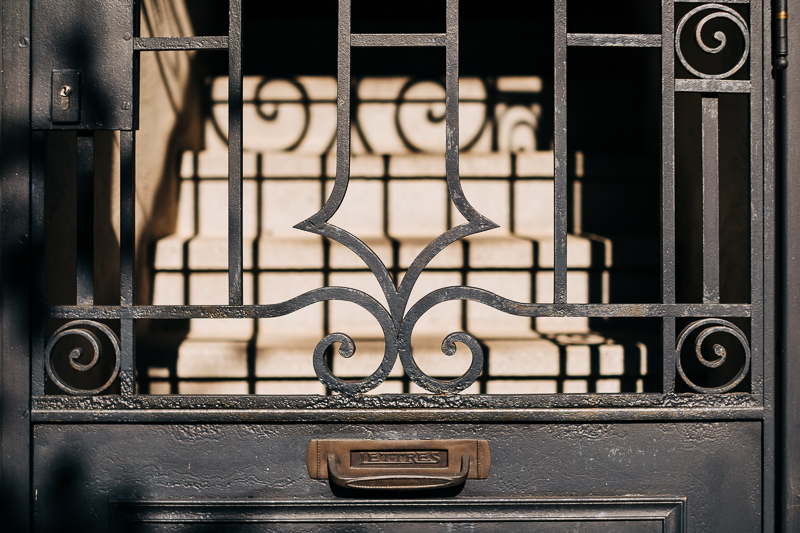
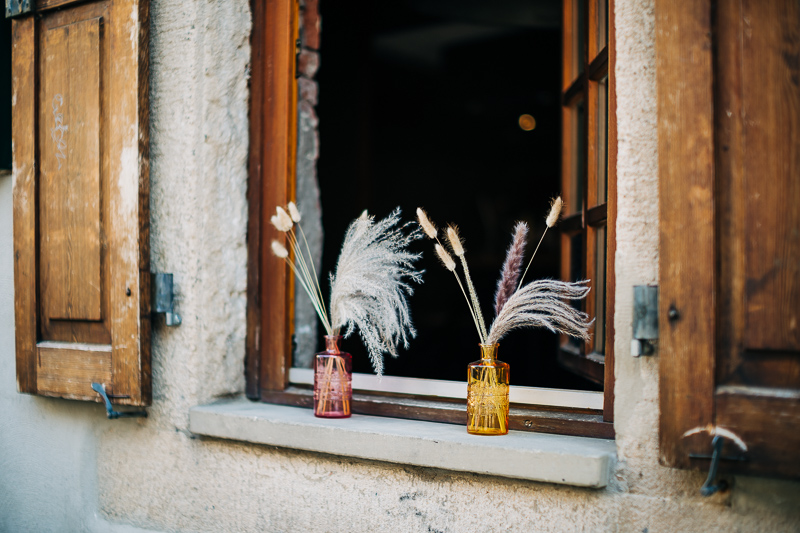
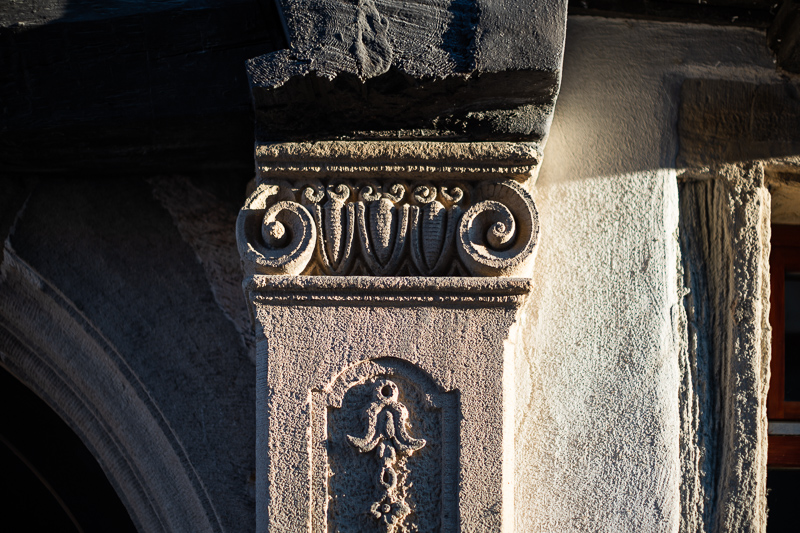
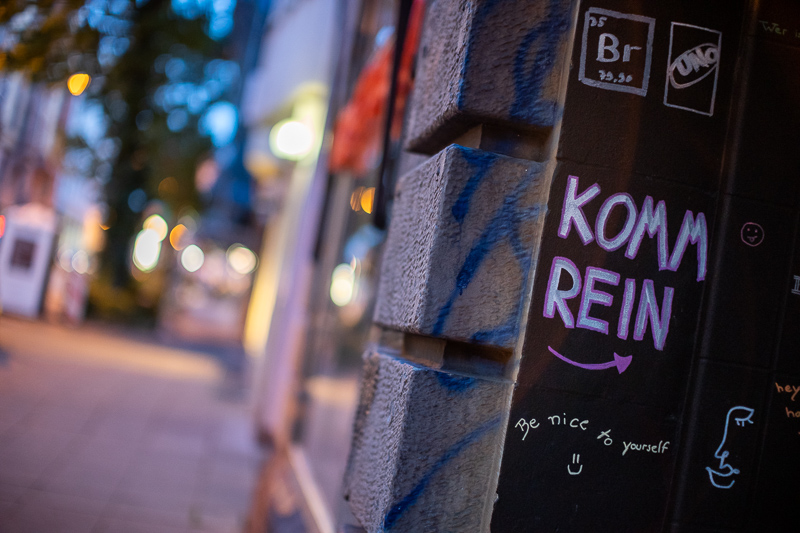
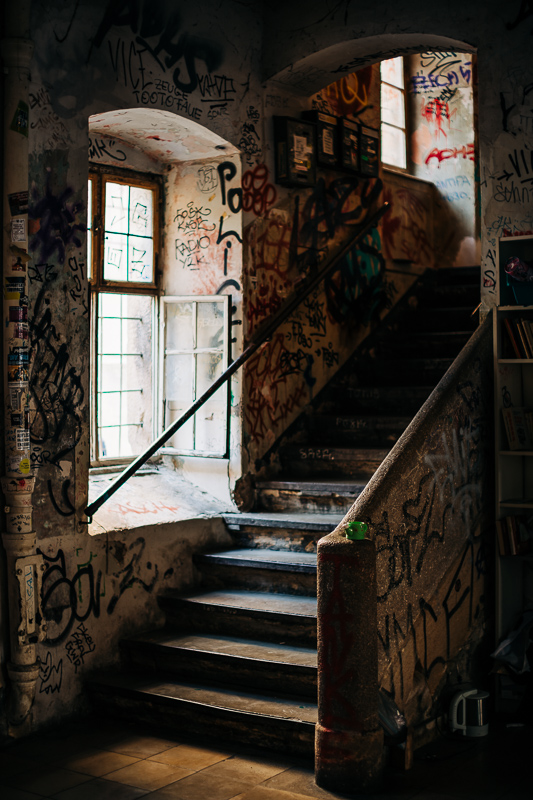
Most of the sample images in this review can be found in full resolution here.
Further Reading
- Guide to 50mm lenses for Sony E-mount
- Bokeh explained
- Technical Knowledge
- Discuss this Review with us on our Discord
Support Us
Did you find this article useful or just liked reading it? Treat us to a coffee!
![]()
![]()
![]() via Paypal
via Paypal
This site contains affiliate links. If you make a purchase using any of the links marked as affiliate links, I may receive a small commission at no additional cost to you. This helps support the creation of future content.
Latest posts by BastianK (see all)
- Analogue Adventures Part 42: A wedding with Eastman Double-X 200 - July 2, 2025
- Vivo X200 Ultra – The Death of the compact Camera - June 29, 2025
- Review: Laowa 12mm 2.8 AF - June 26, 2025


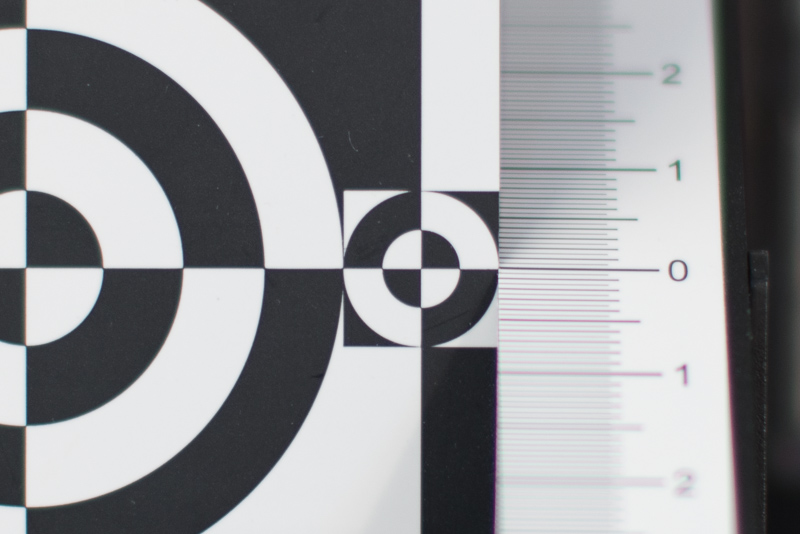
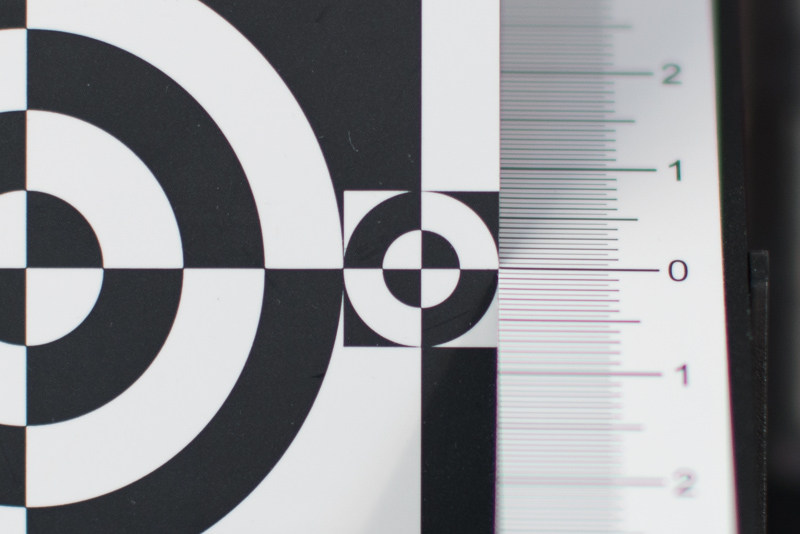
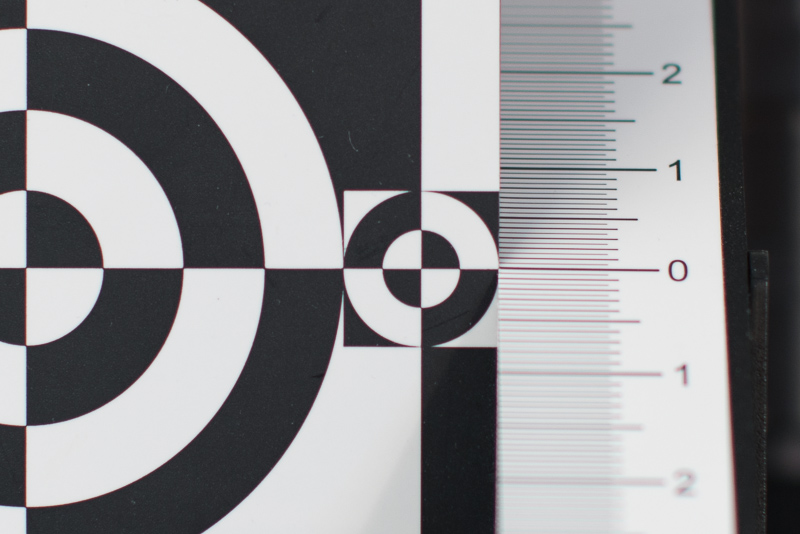
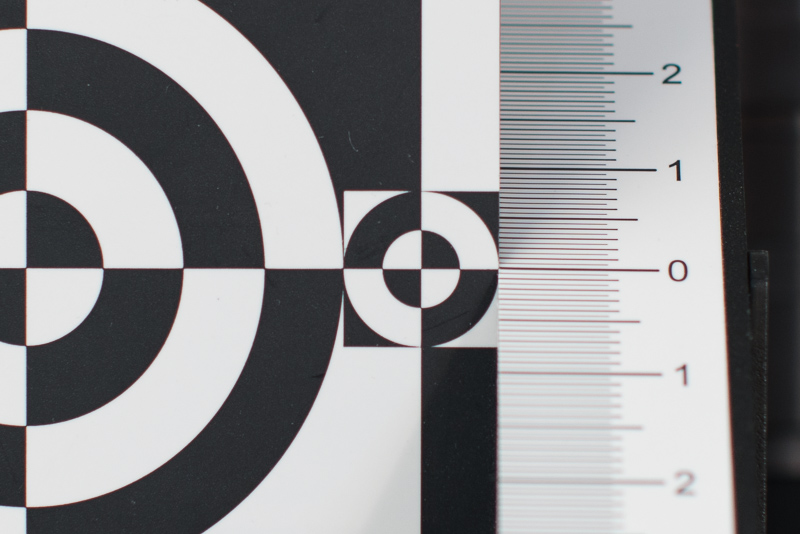
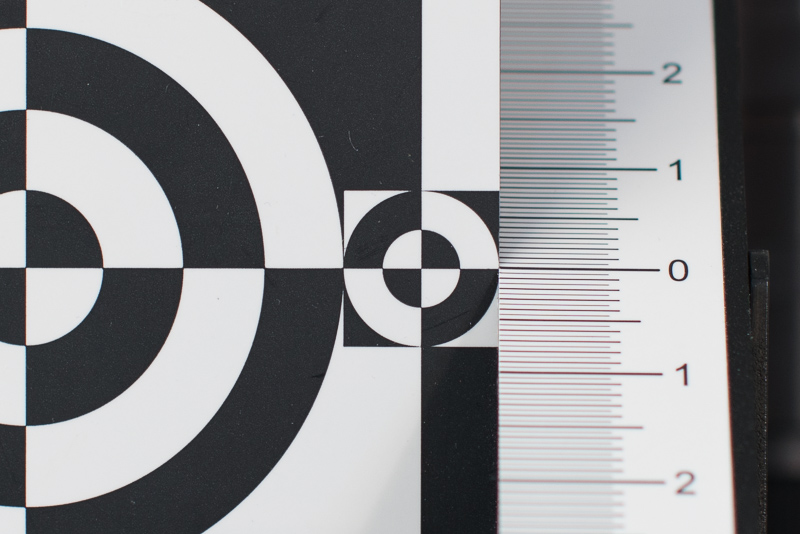
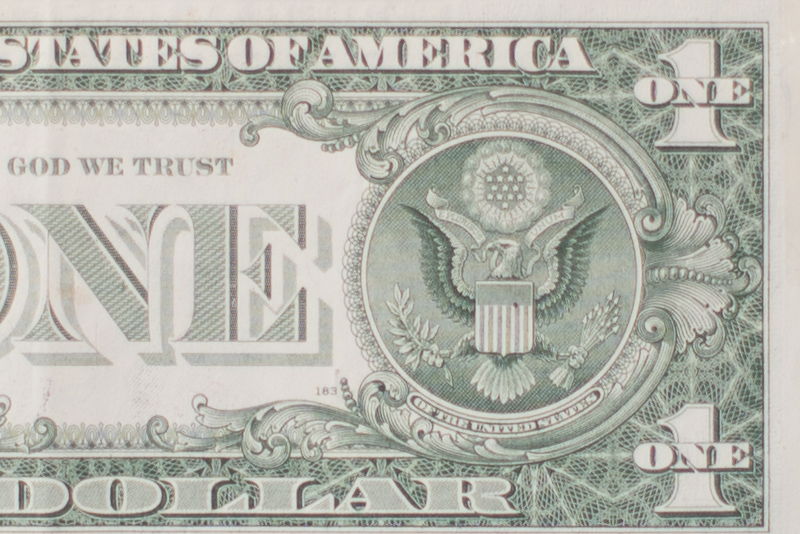
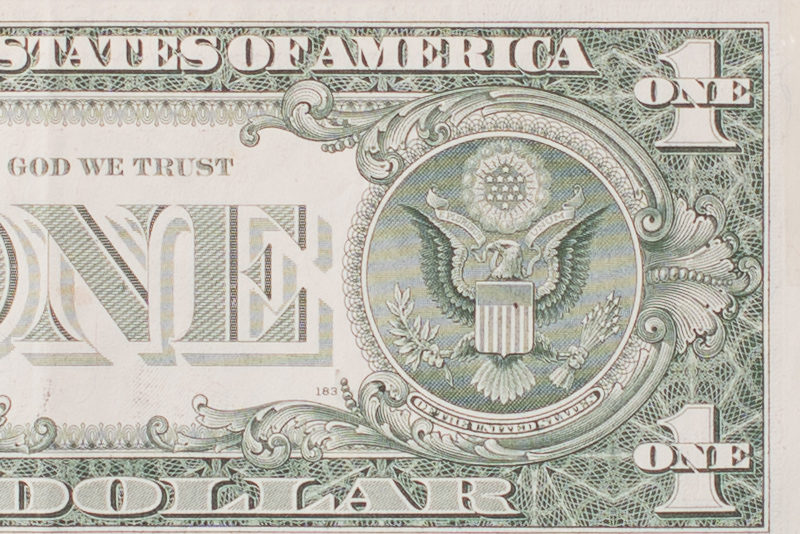
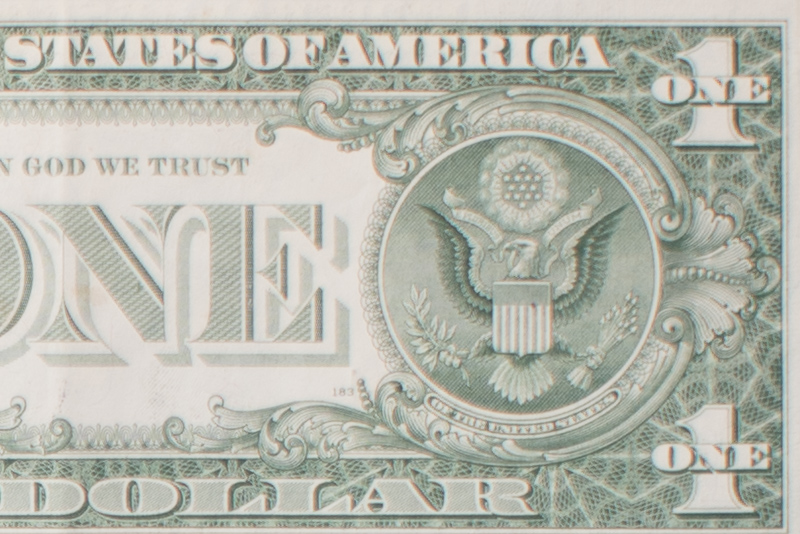
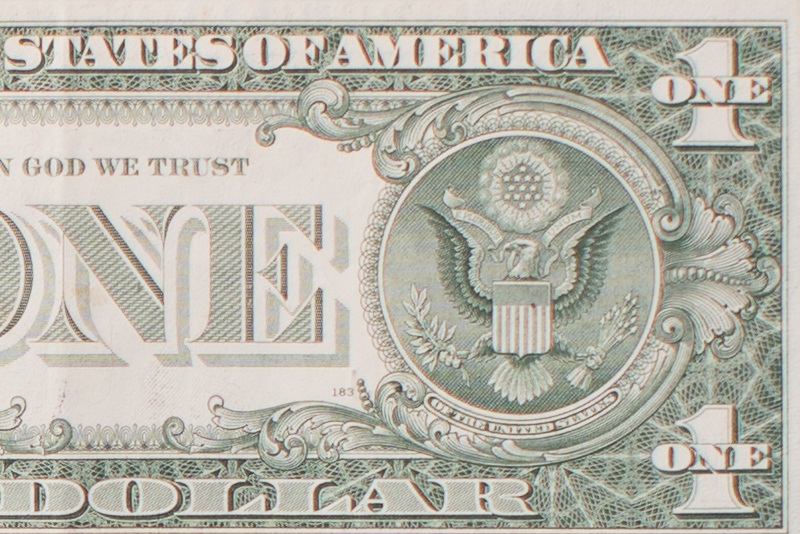
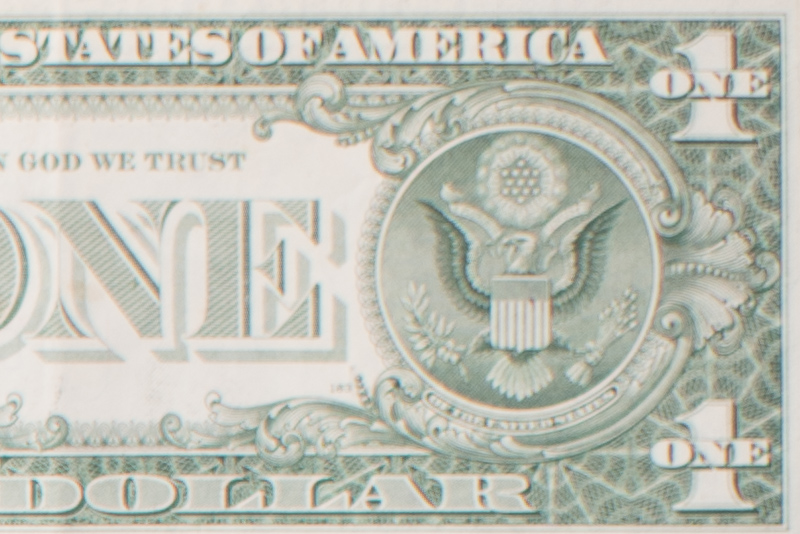
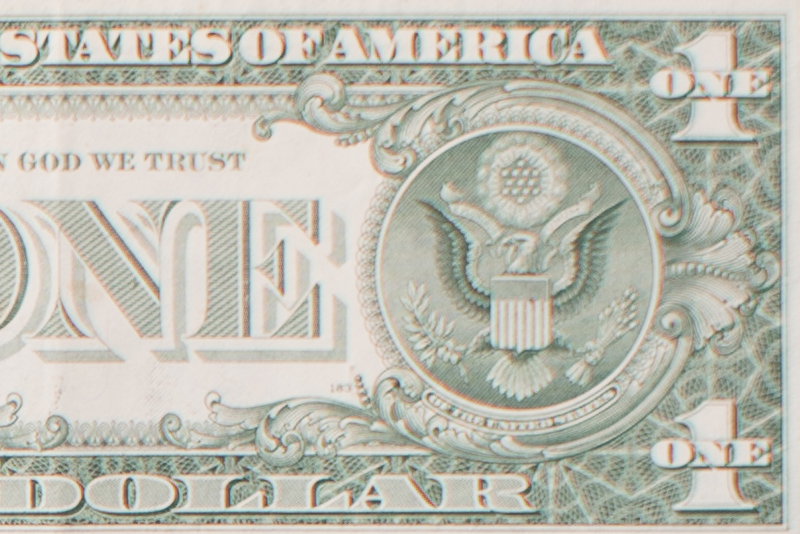
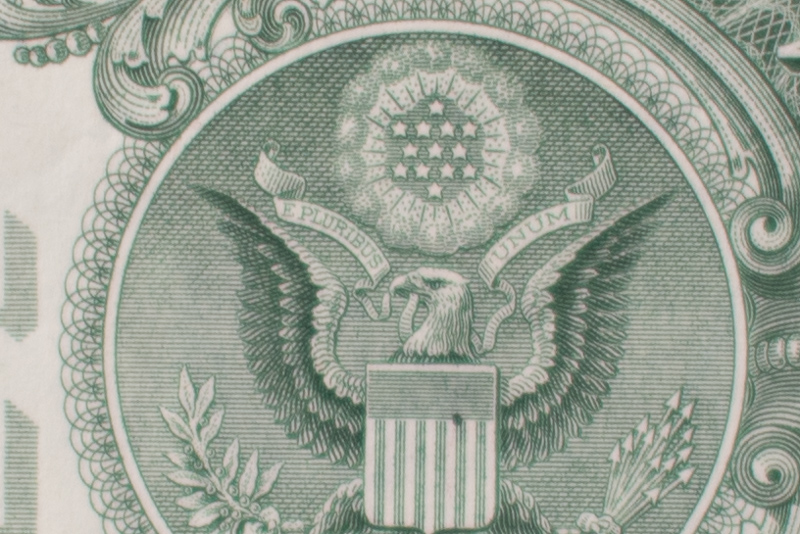
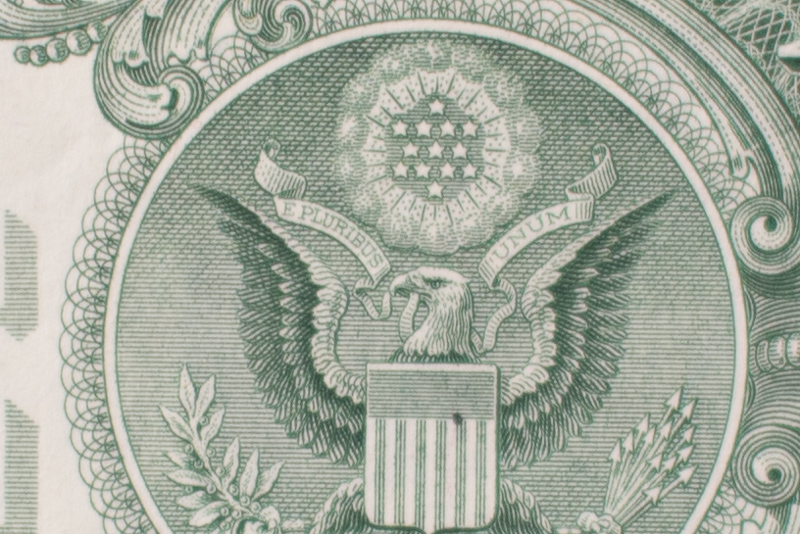
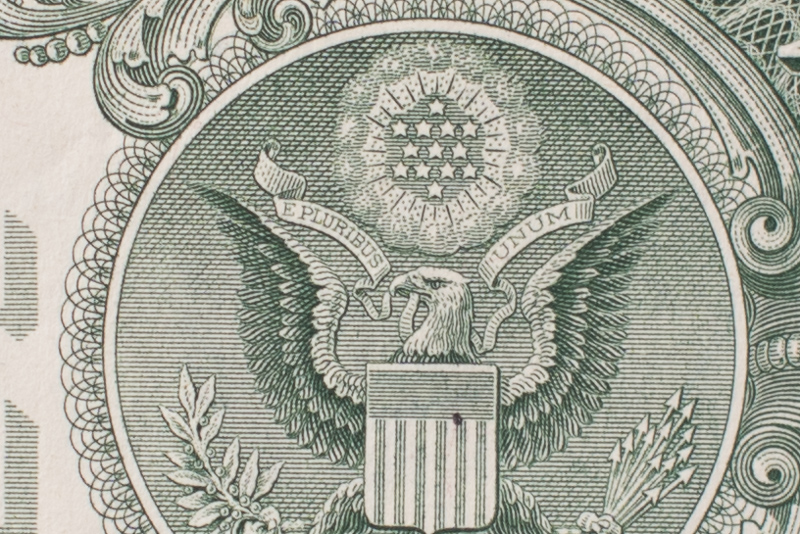
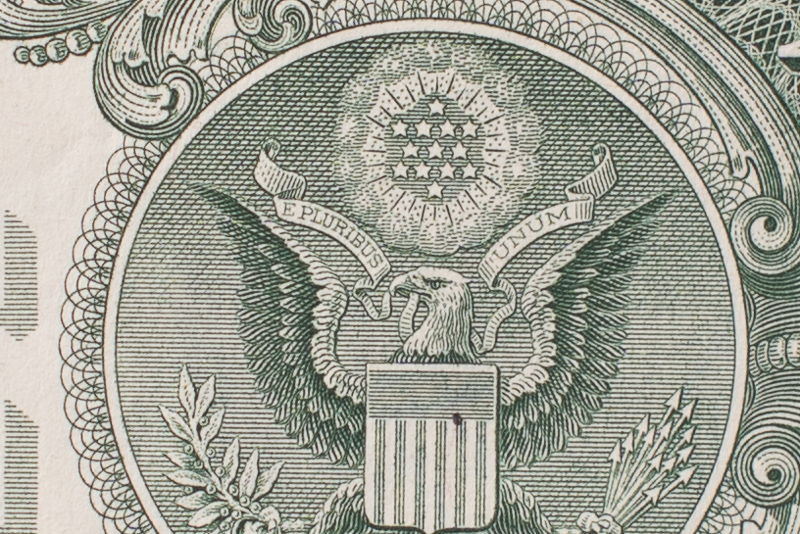
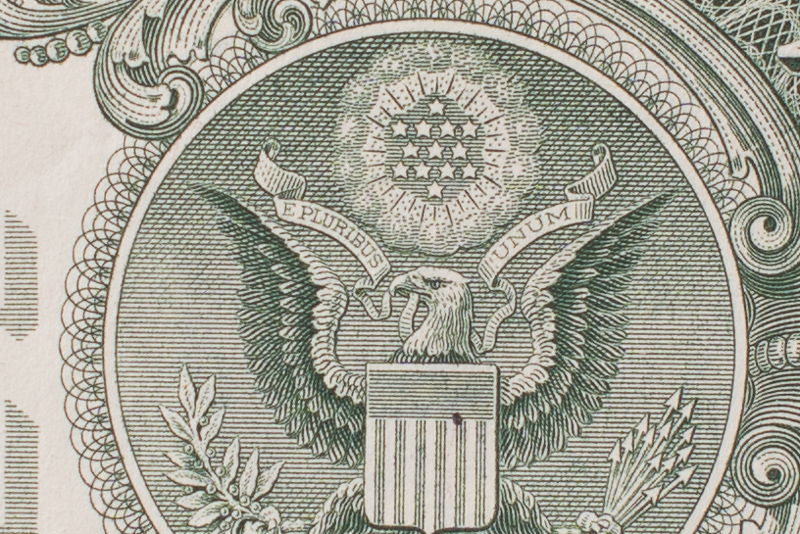
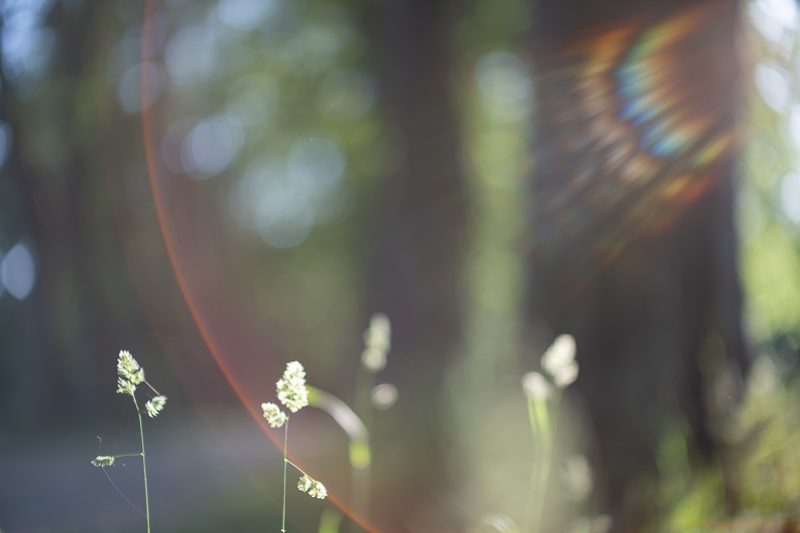
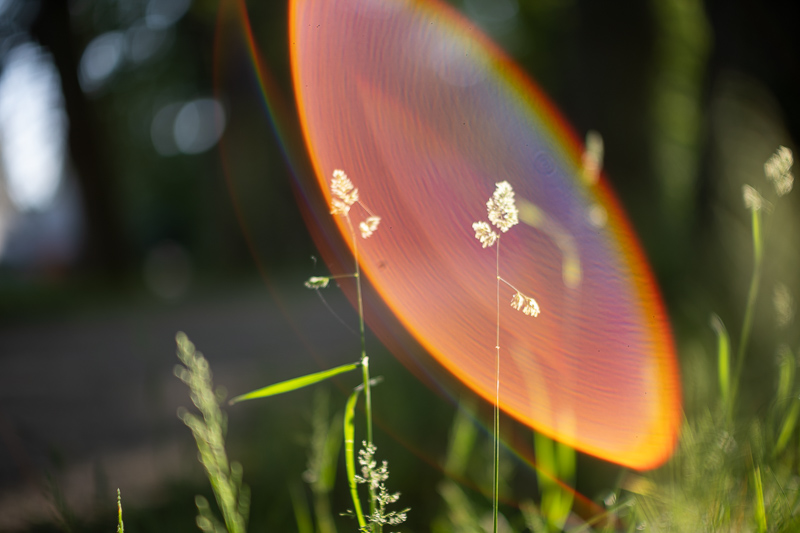
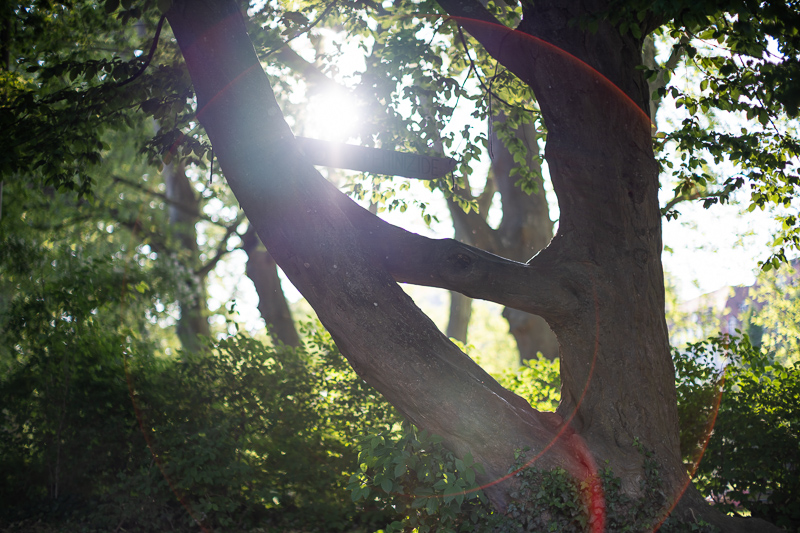
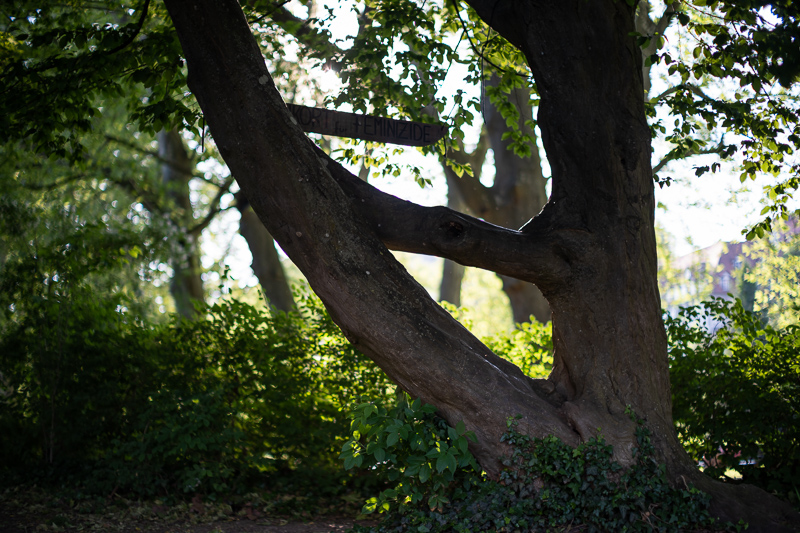
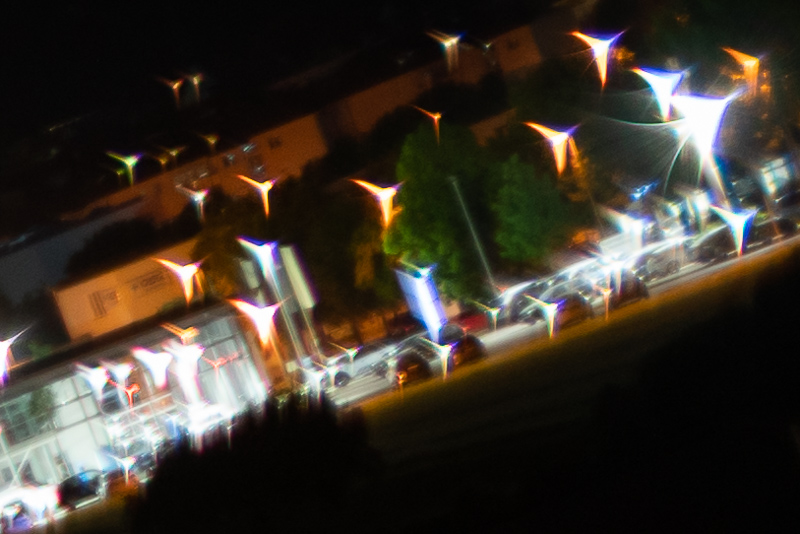
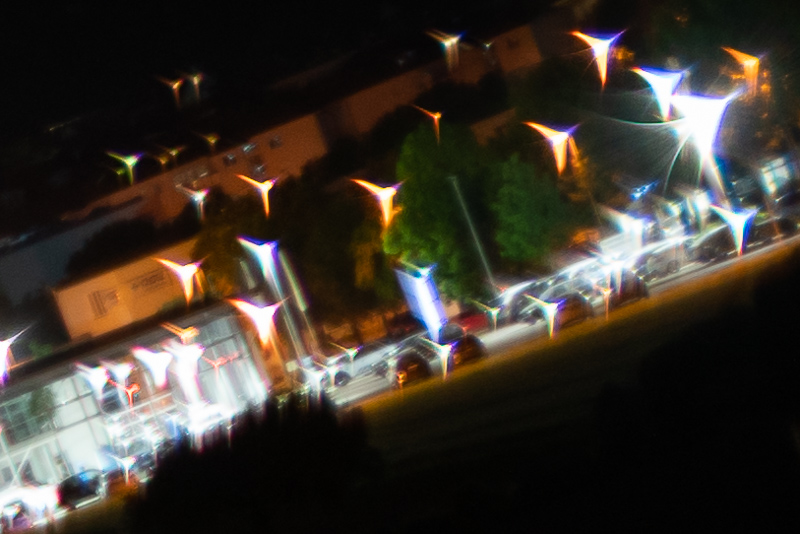
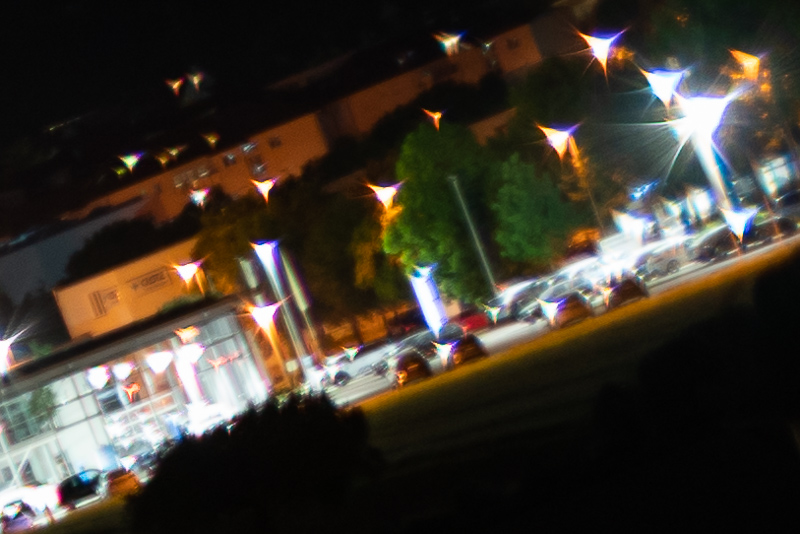
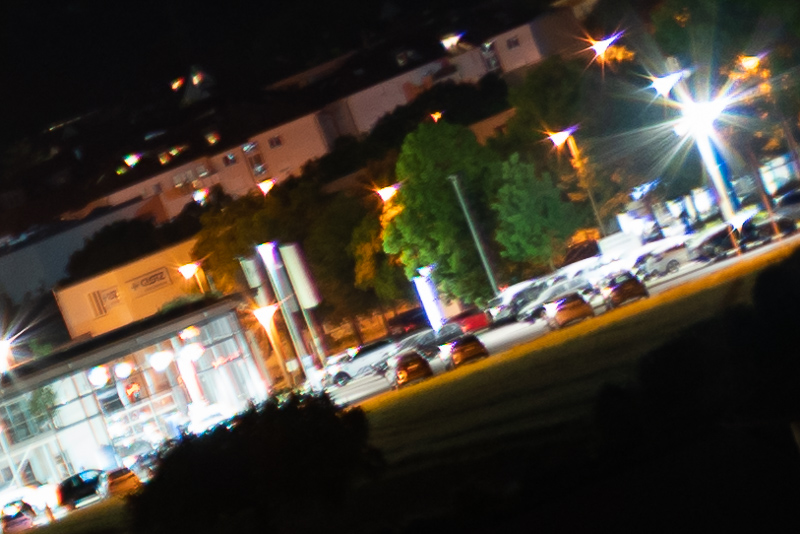
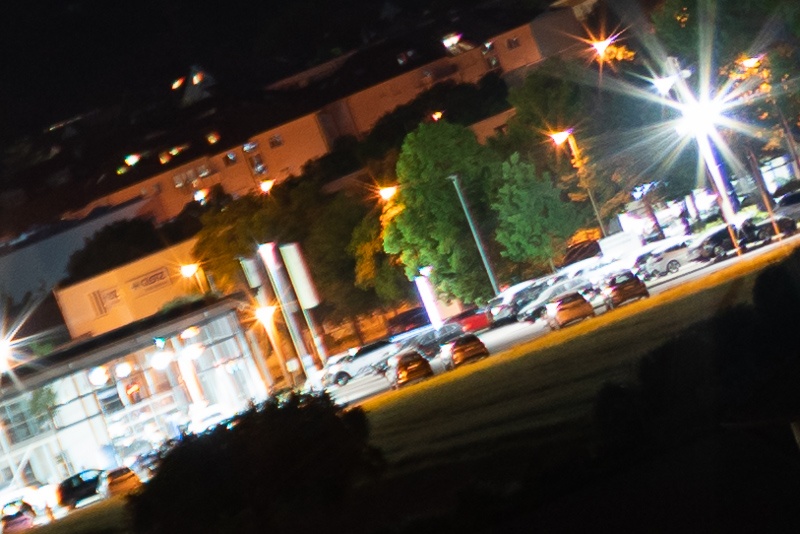
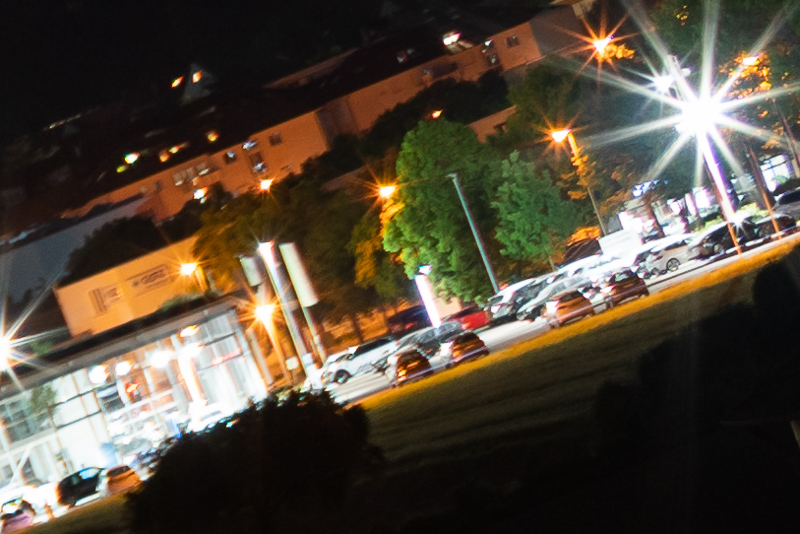
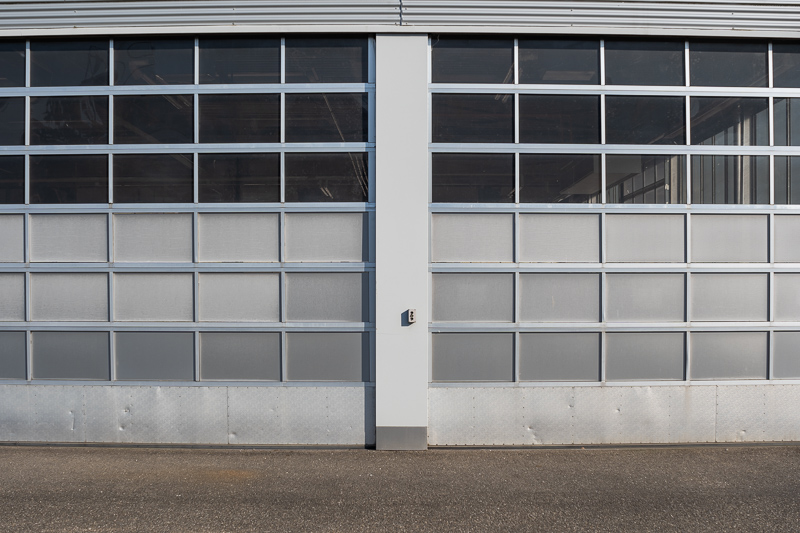
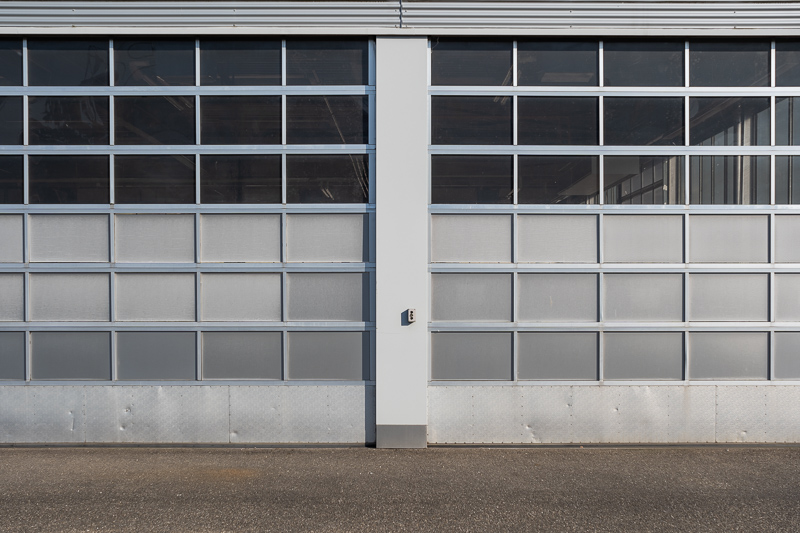
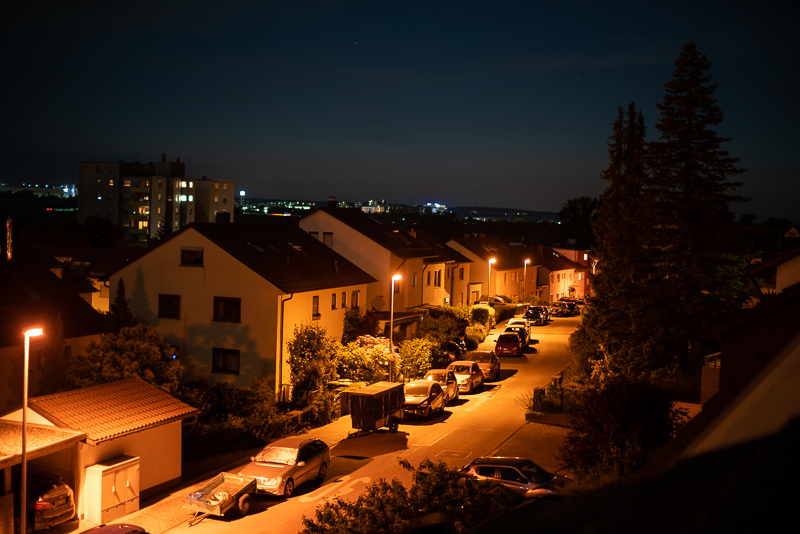
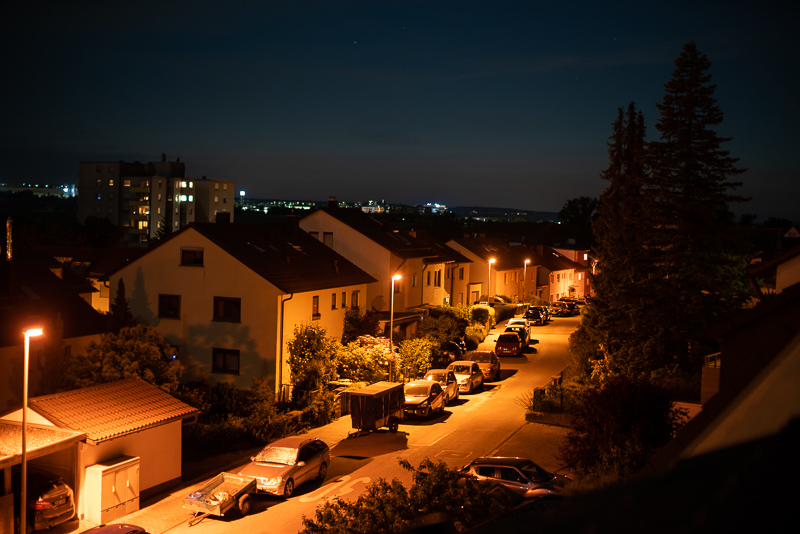
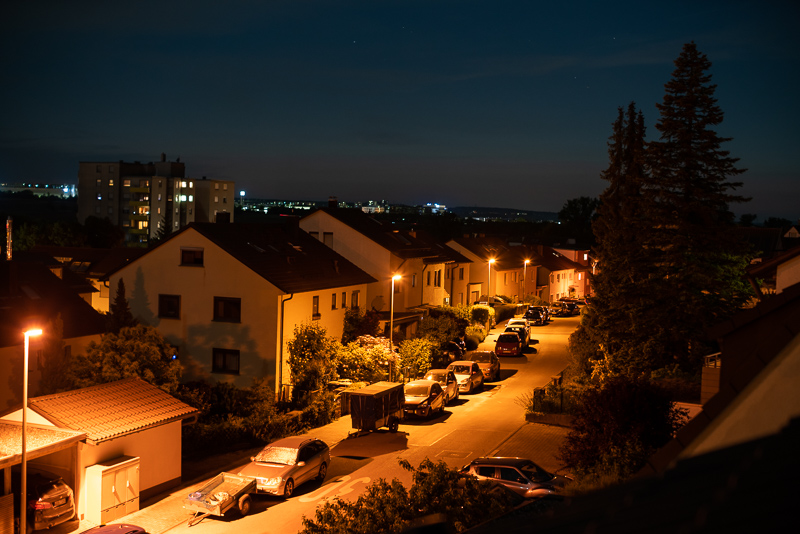
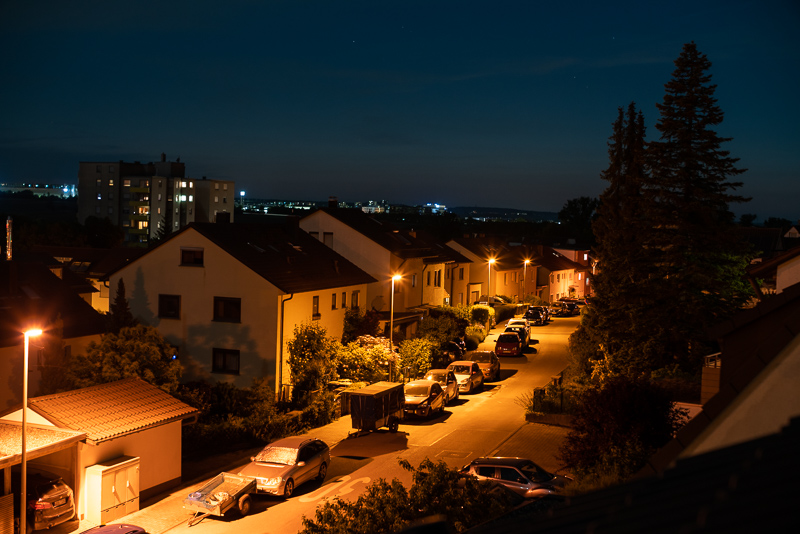
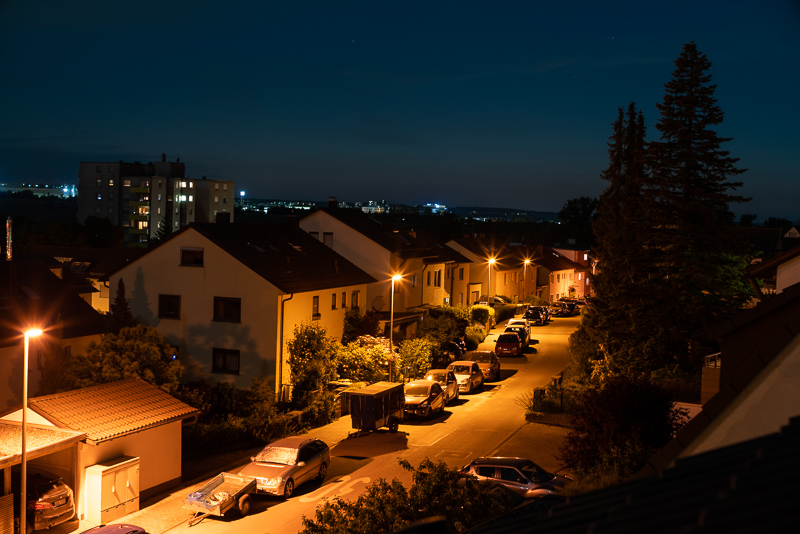
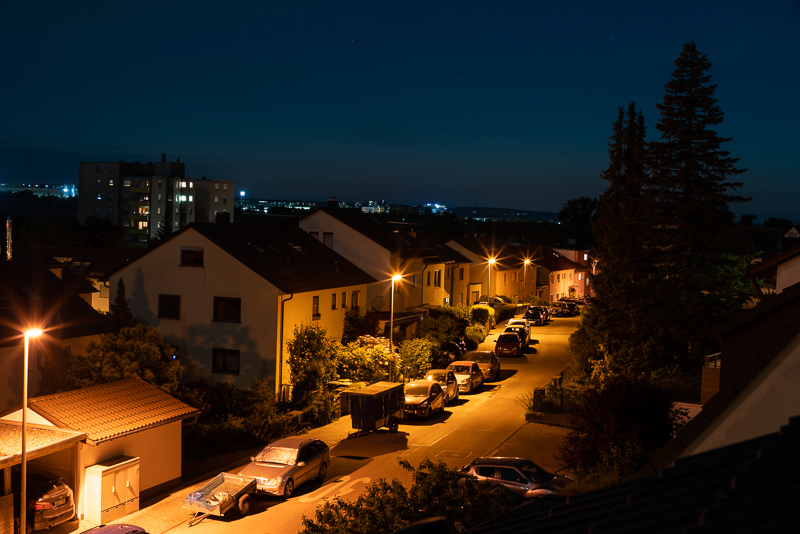
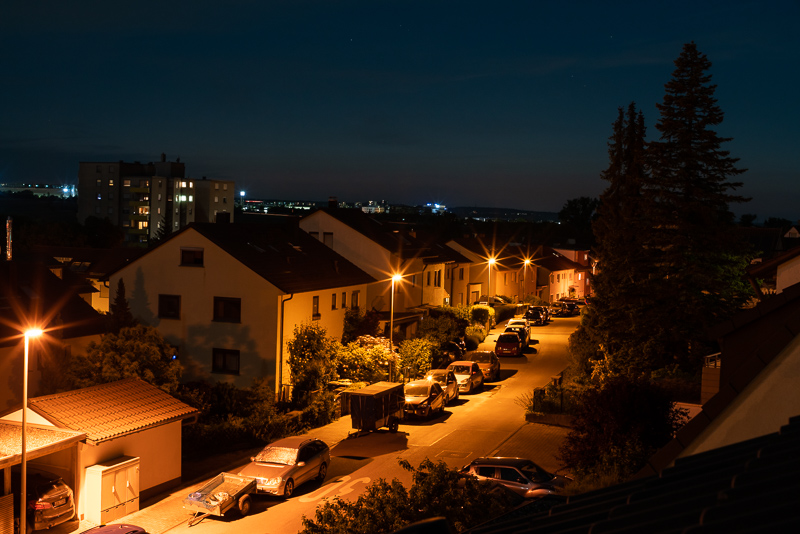
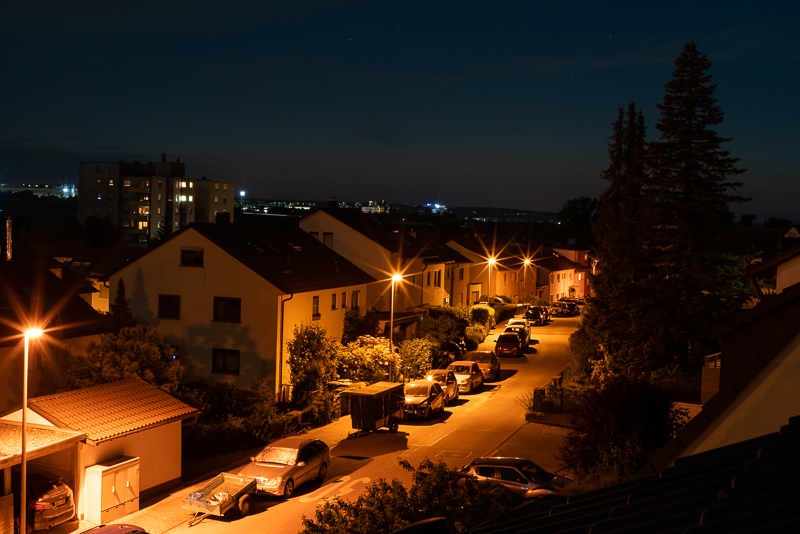


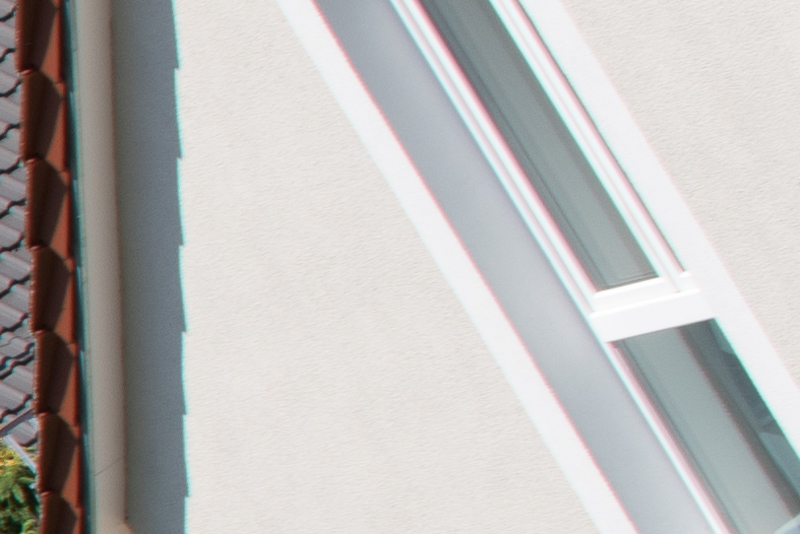
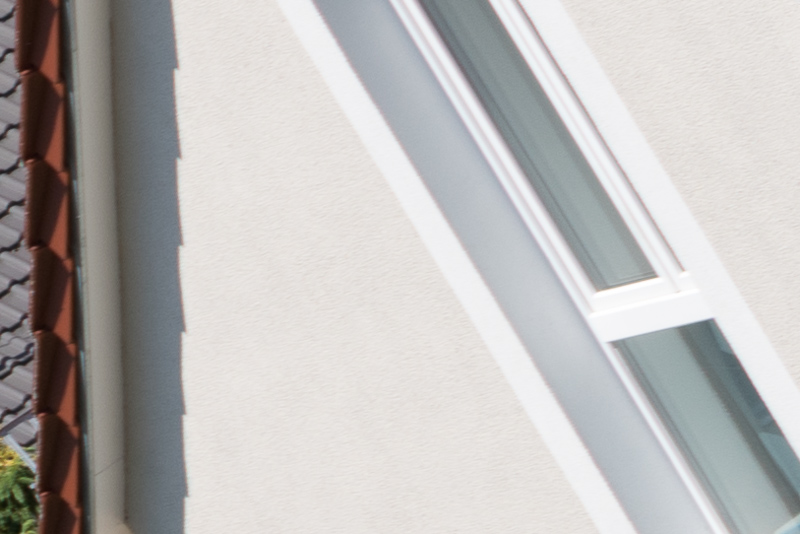
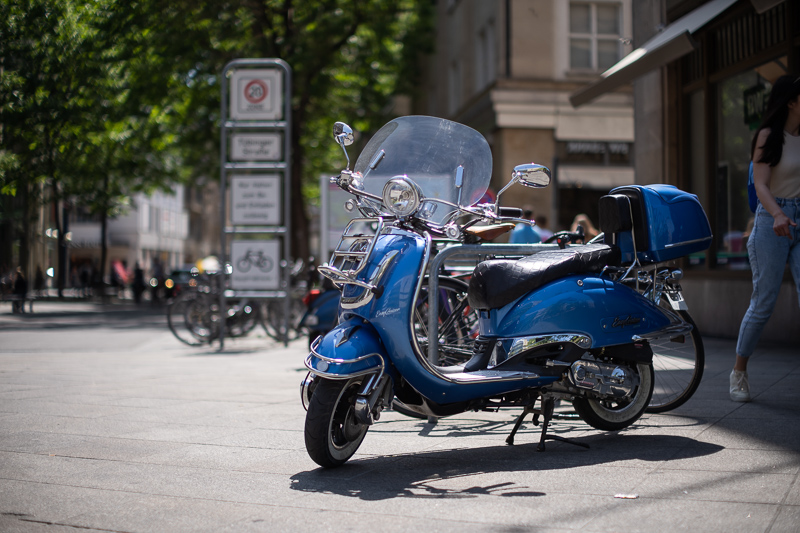
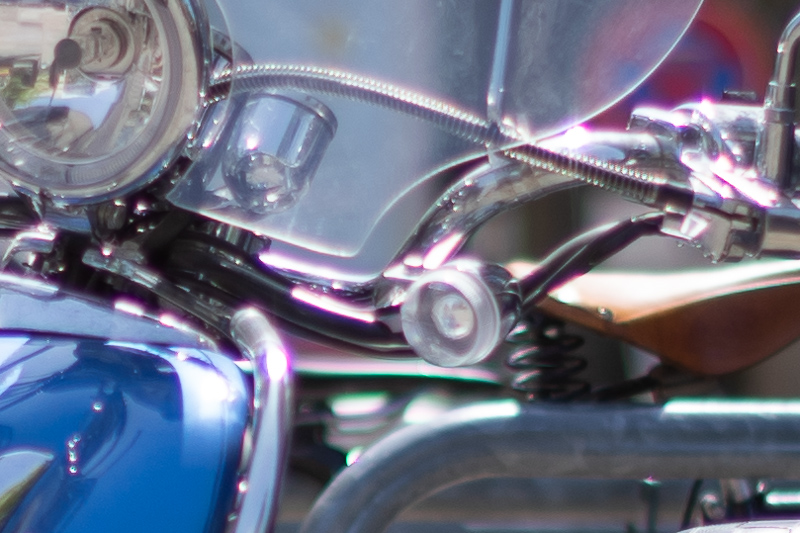
Thanks for the review! I really enjoy the colors, tonality, and contrast of this lens. More so than the Mr. Ding. Almost a sort of Voigtlander-ish rendition. However, the massive size of this lens compared to its competition make it difficult to justify.
Would it not make sense to get the EF version and an EF->M adapter to use this as an AF lens with the Techart LM-EA9?
[this comment has been restored after it had accidentally been deleted]
I am pretty sure this would lead to black corners because of the small diameter of the M-mount/M-mount adapter.
Hmm interesting. Do you think it would be better with other types or lenses like Minolta or Nikon?
Nikon might work, not sure about Minolta.